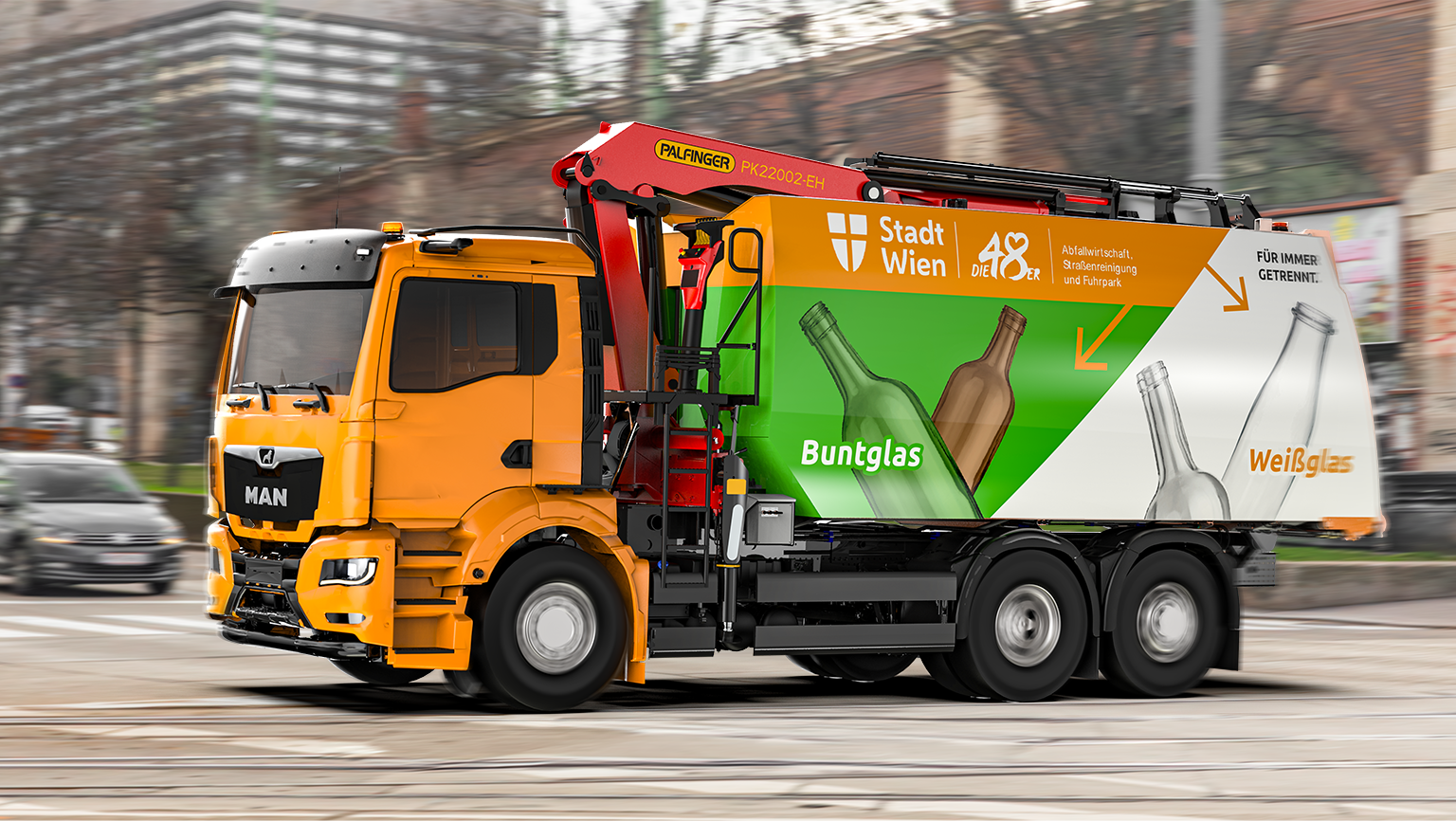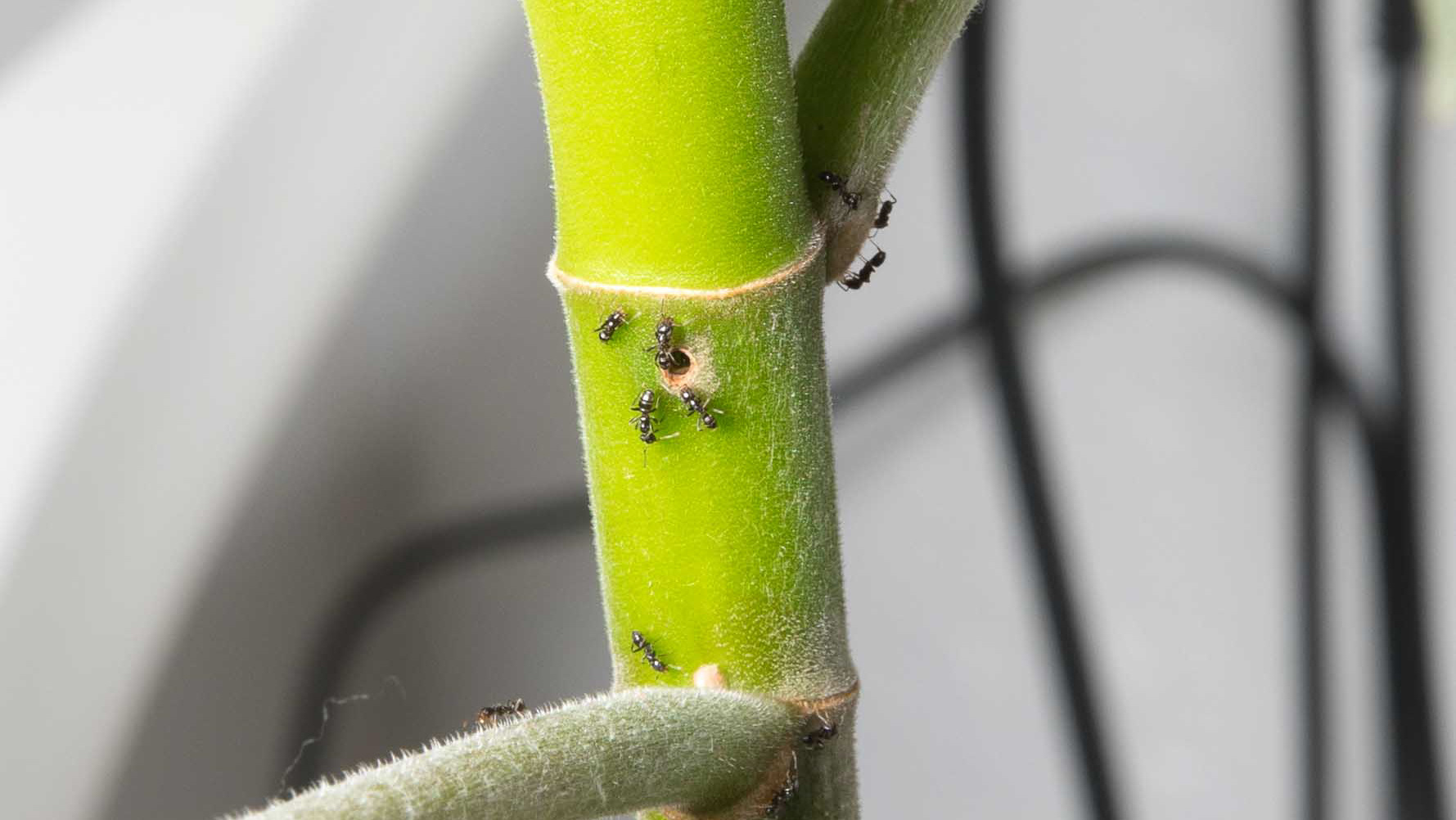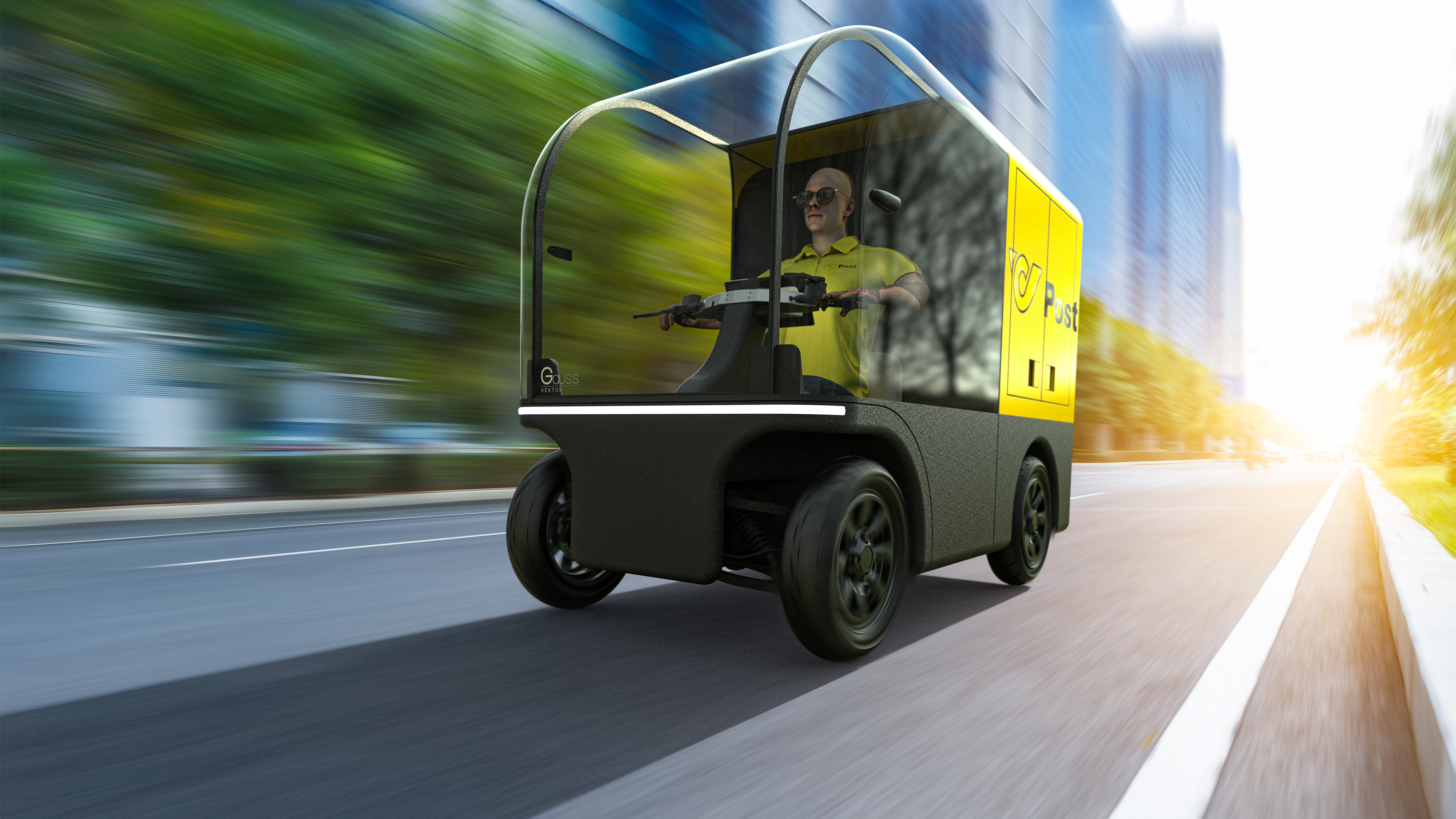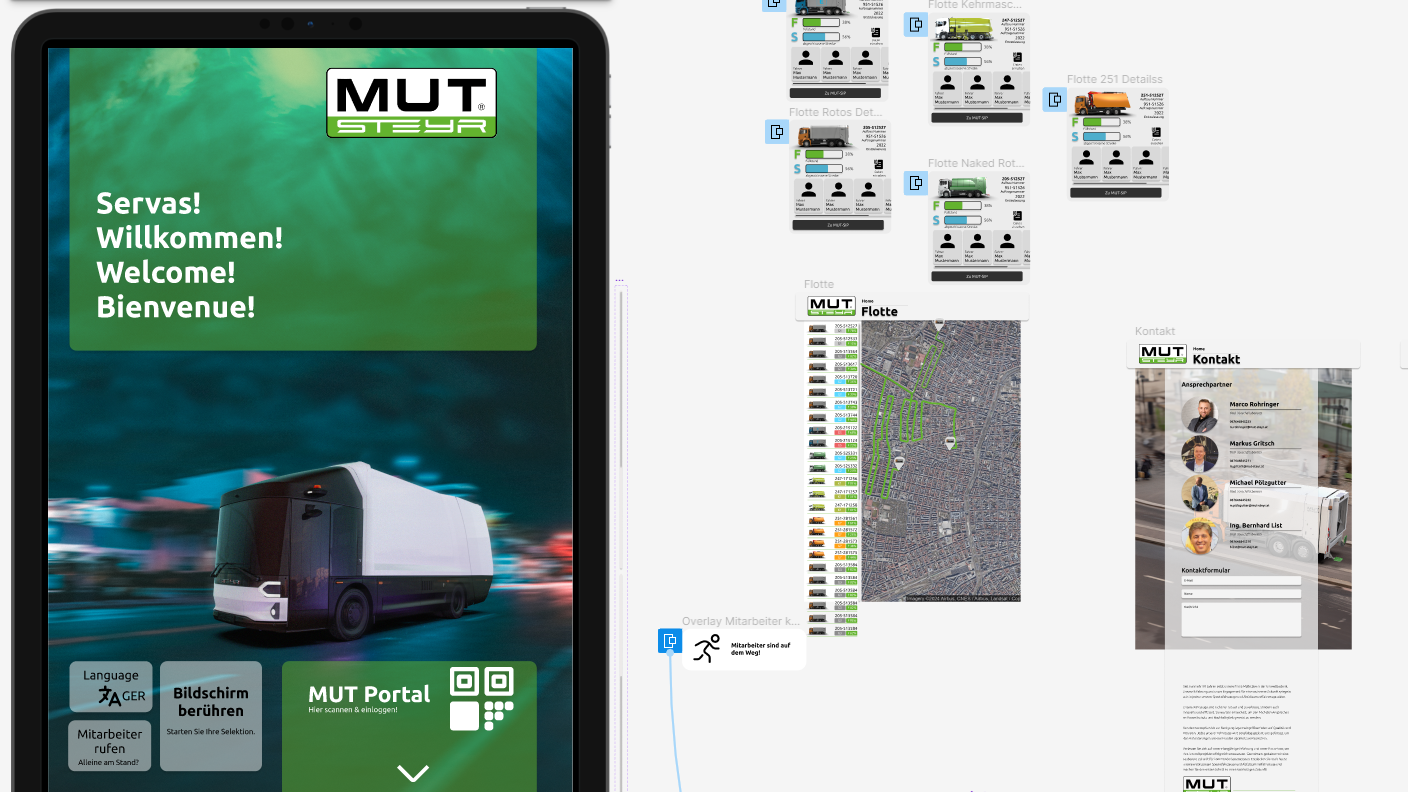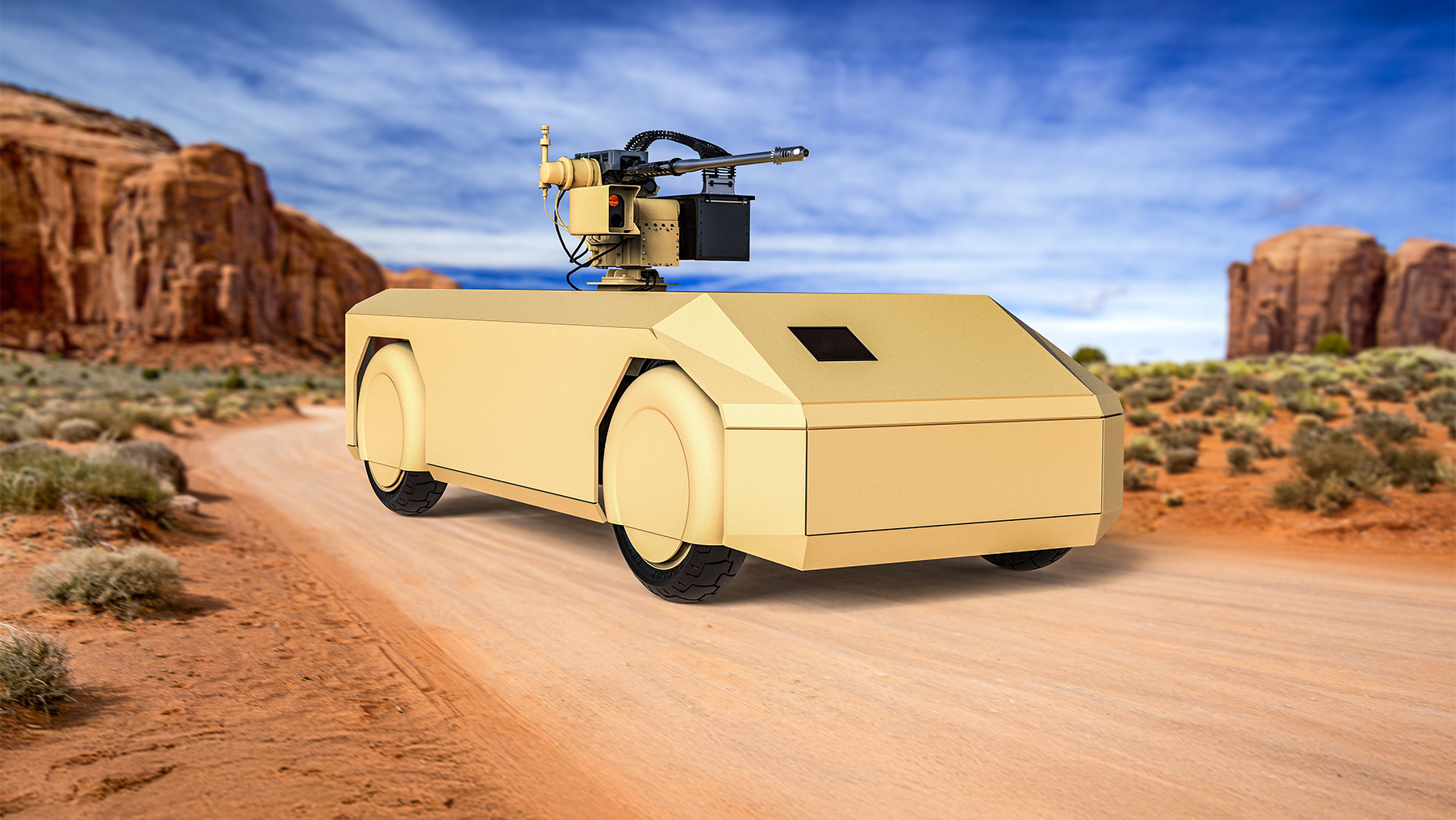VOLTA CB is a forward-thinking reinterpretation of the classic rear-loader refuse vehicle – fully electric, based on a Volta chassis, and powered by a newly developed, patent-pending electric compaction system. Designed for modern urban environments, it delivers quiet operation, clean energy performance, and a future-proof user experience.
Strategic Visualization During the MUT–Steyr Transition
The very first 3D model of the VOLTA CB was created during the acquisition phase of MUT by Steyr Automotive. At that point, the concept served not only as a design vision, but also as a strategic communication tool: a scale model 3D-printed prototype that demonstrated how Steyr’s Volta chassis and MUT’s superstructure expertise could complement each other. The goal was to highlight synergy potential – particularly to key stakeholders such as Siegfried Wolf – and may well have contributed to the successful sale. Sometimes, a strong visual says more than a hundred slide decks.
From Vision to Reality – Showcasing the Future at IFAT
What started as a strategic concept took shape in the form of a fully built prototype. At IFAT 2024 we proudly presented the VOLTA CB at our stand as a clear statement of what the future of waste collection can look like. Fully electric, visually refined and technically ahead of its time, the vehicle represented our ambition to rethink what a refuse truck could be.
Next to the vehicle stands the team that brought it to life. I had the pleasure to work alongside these talented people, each of them playing a key role in turning an idea into something real. It was more than just a showpiece. It was a shared achievement.
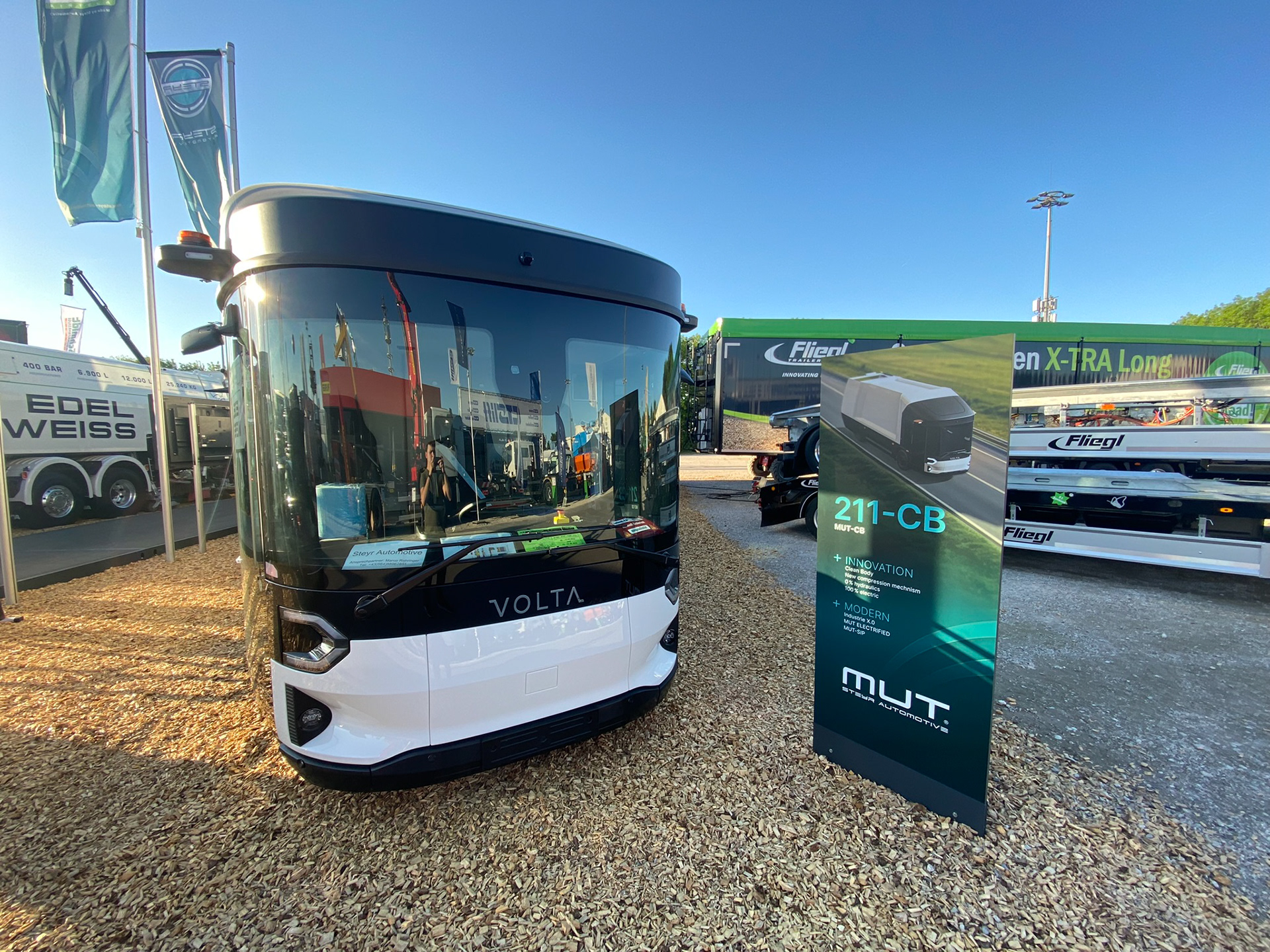
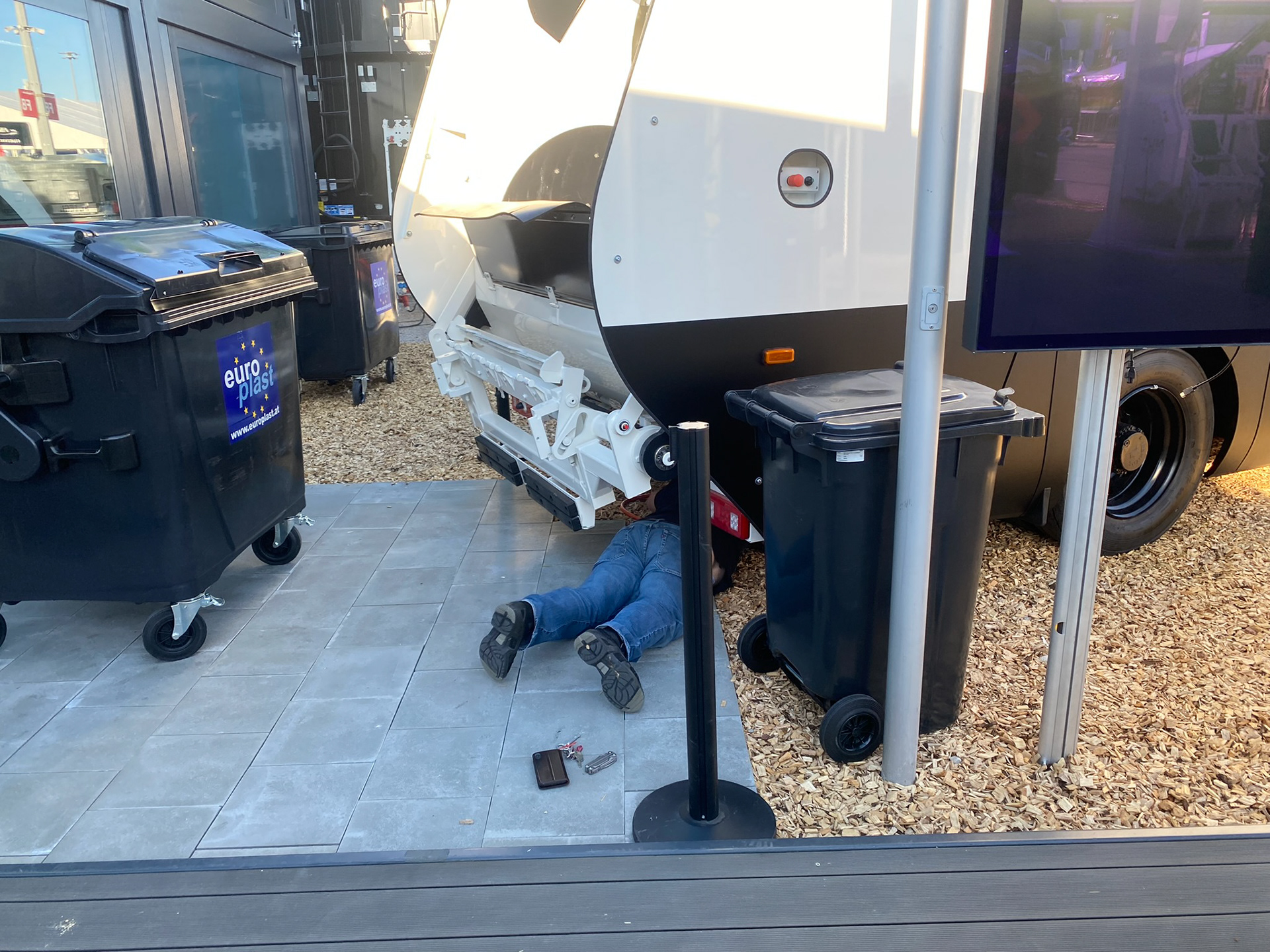
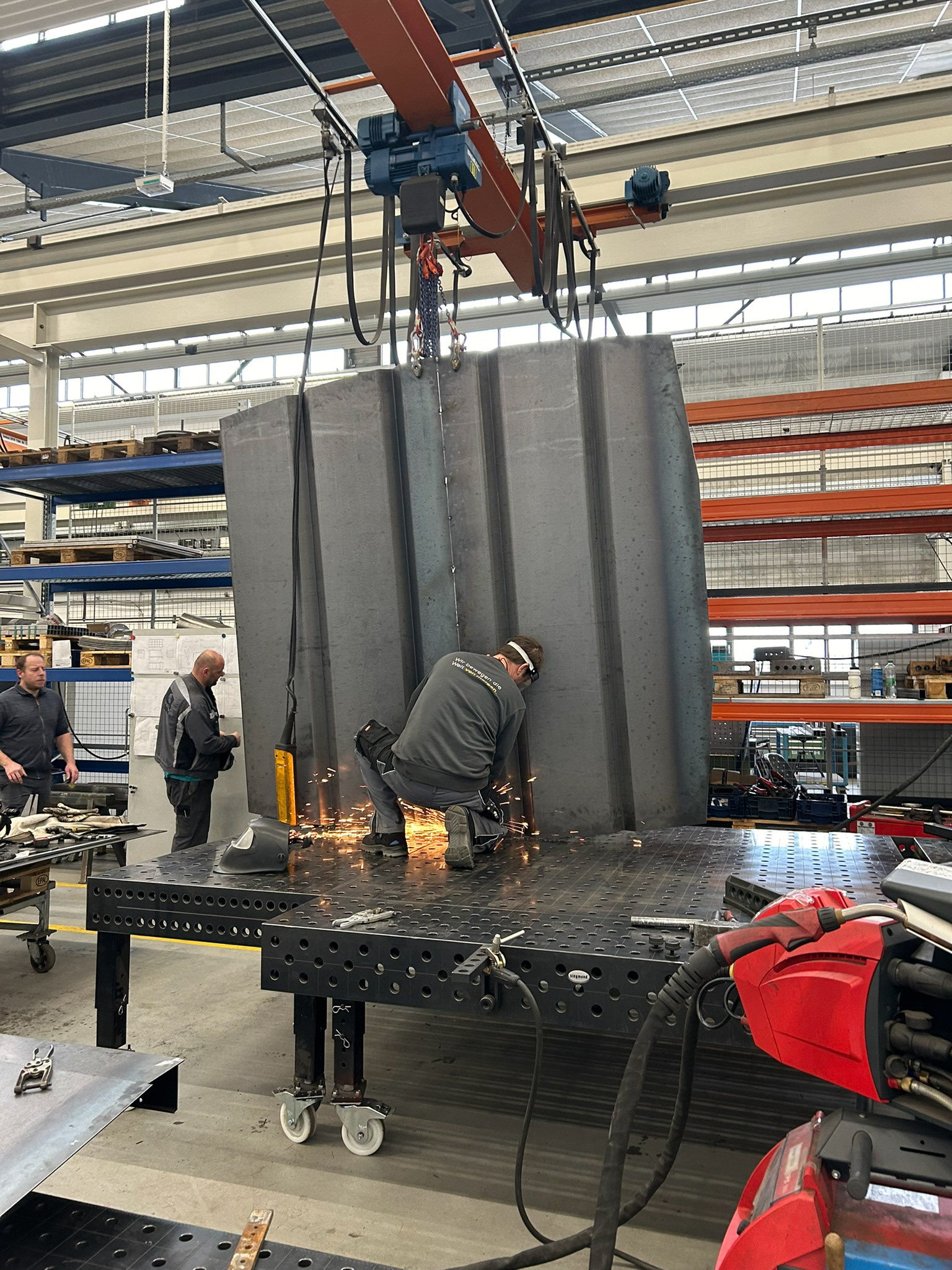
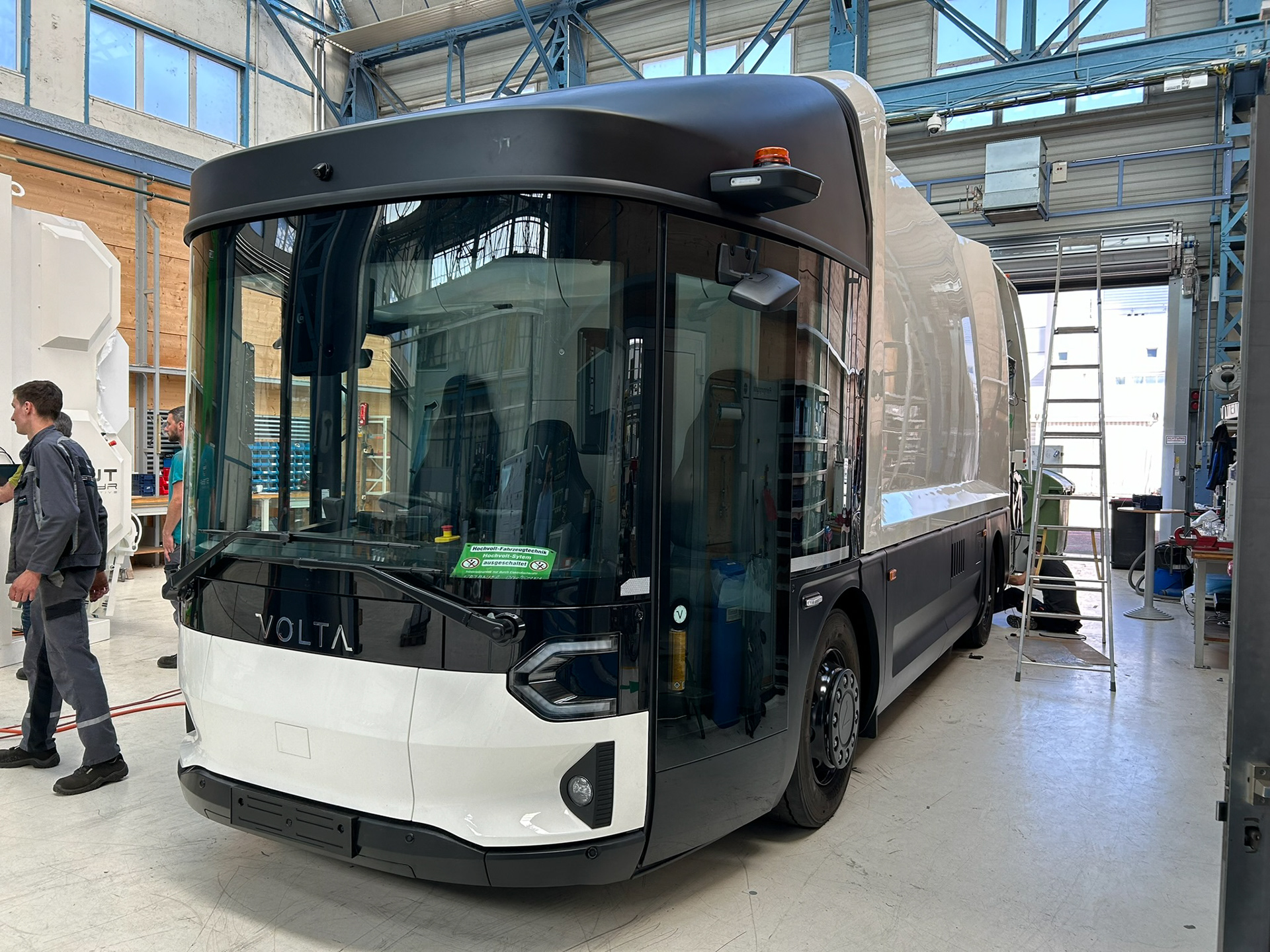
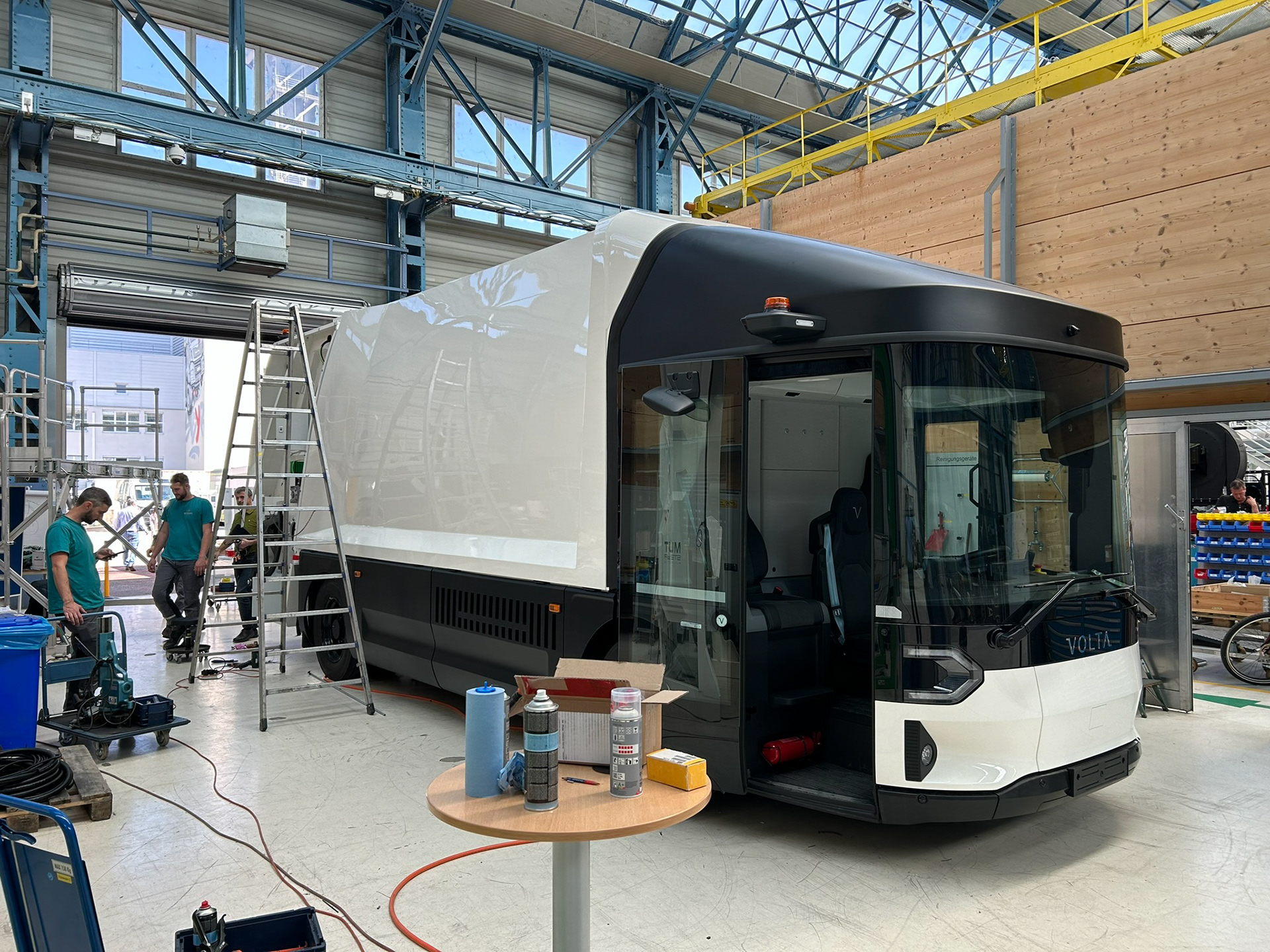
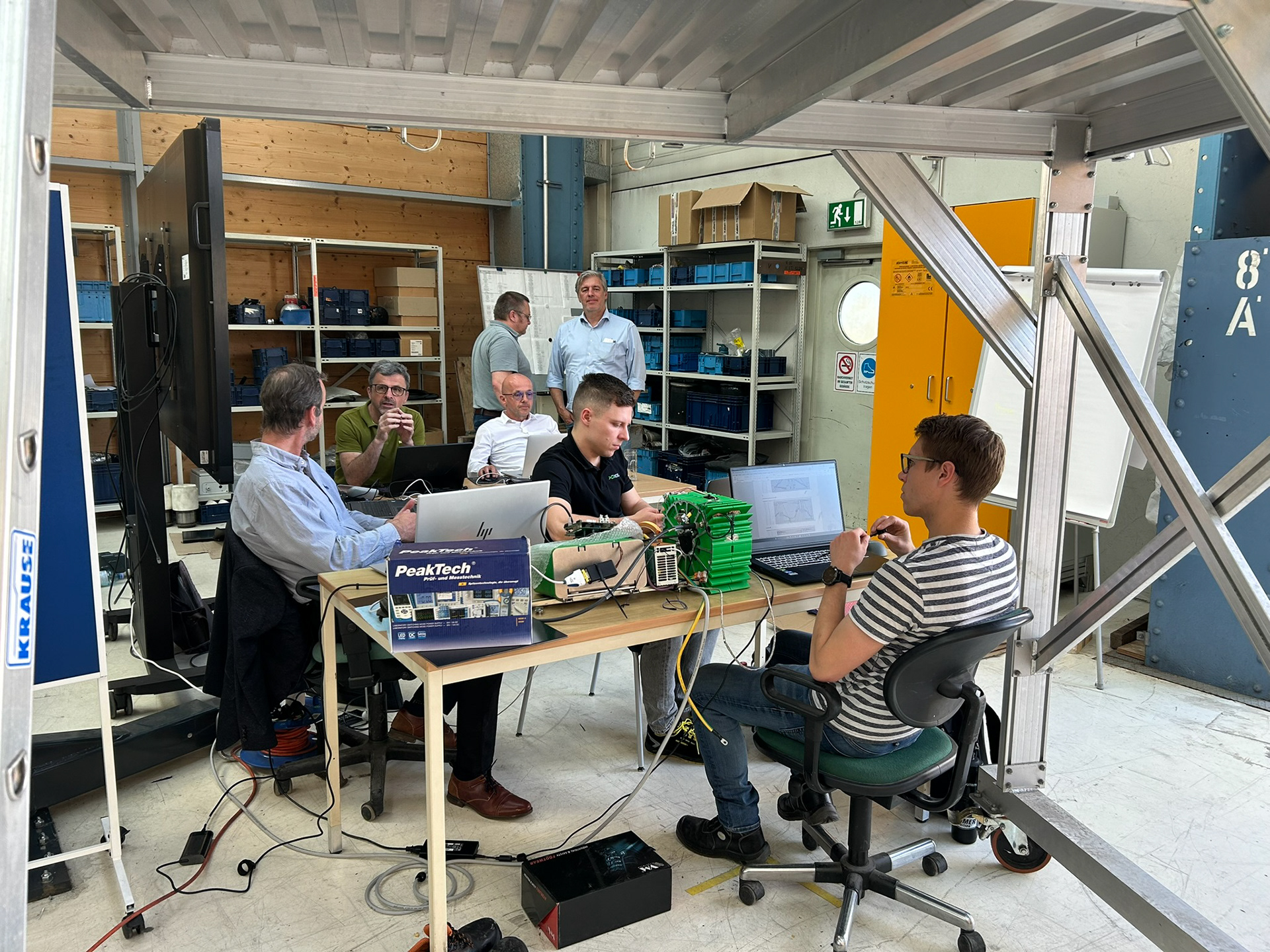
Design Meets Communication – Rendering the Future
Translating a technical vehicle into compelling visuals is no small task – especially when you're dealing with a 7-ton electric refuse truck. My role was to frame the VOLTA CB not just as a machine, but as a statement. Through high-end renderings, I aimed to highlight its clean lines, functional elegance, and modern character. From lighting and materials to setting and mood, each image was crafted to position the vehicle where it belongs: at the forefront of a new era in municipal technology. The visuals became a core element of our external communication – setting the tone for both the product and the brand behind it.
No Hydraulics? No Problem.
The VOLTA CB features a fully electric compaction system – no hydraulics, no oil, no noise. Powered by an electric motor and a custom rotary mechanism, the system was developed and patented by our engineering team. I supported the process by creating the official patent illustrations (not shown here). A true milestone in clean vehicle tech.
Urban Staging in Vienna
To bring the VOLTA CB into a real-world context, I photographed urban backdrops in the heart of Vienna and composited the vehicle into the scenes. The goal: to create realistic visuals that feel grounded and relatable. This image shows an early render with the orange superstructure and an outdated version of the company logo – which I was in the process of redesigning at the time.
Exploring New Formats – VOLTA as Semi-Truck
Originally designed as a 2- or 3-axle rigid truck, the Volta platform sparked interest well beyond its intended use. Due to multiple inquiries about a tractor-trailer version, I developed conceptual studies to explore this potential. Shown here: a visual mock-up of a VOLTA semi-truck paired with an LKW Walter trailer – part of an internal series evaluating new use cases and extended logistics applications.
First Steps – Building from Scratch
In the early days of the project, I had no access to official 3D data from Volta – so I rolled up my sleeves and rebuilt the vehicle model from scratch using photo references. The result was a rough but functional base model, perfectly sufficient to communicate our initial ideas and explore design directions. Not pretty in every detail, but more than enough to get the vision rolling.
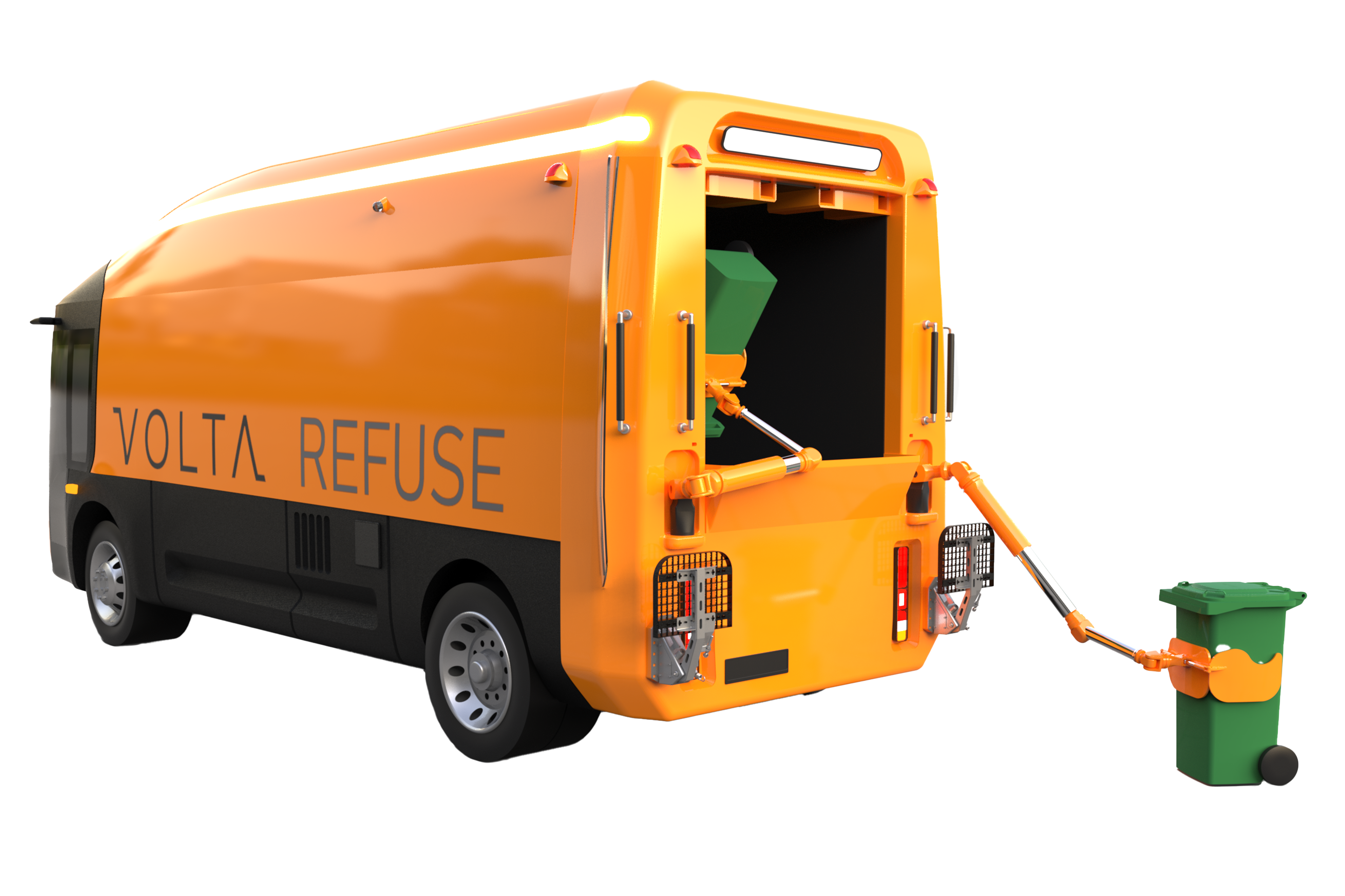
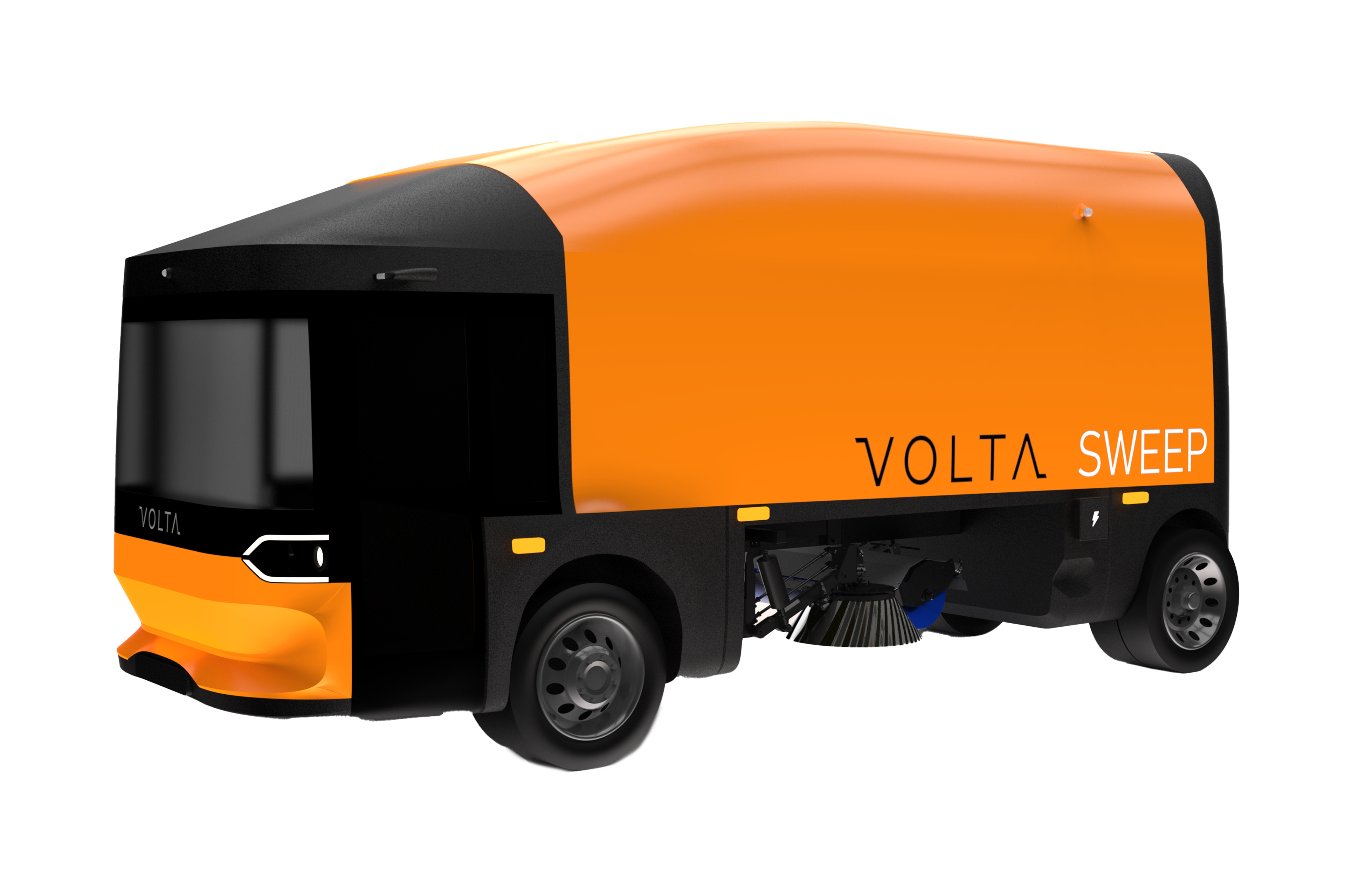
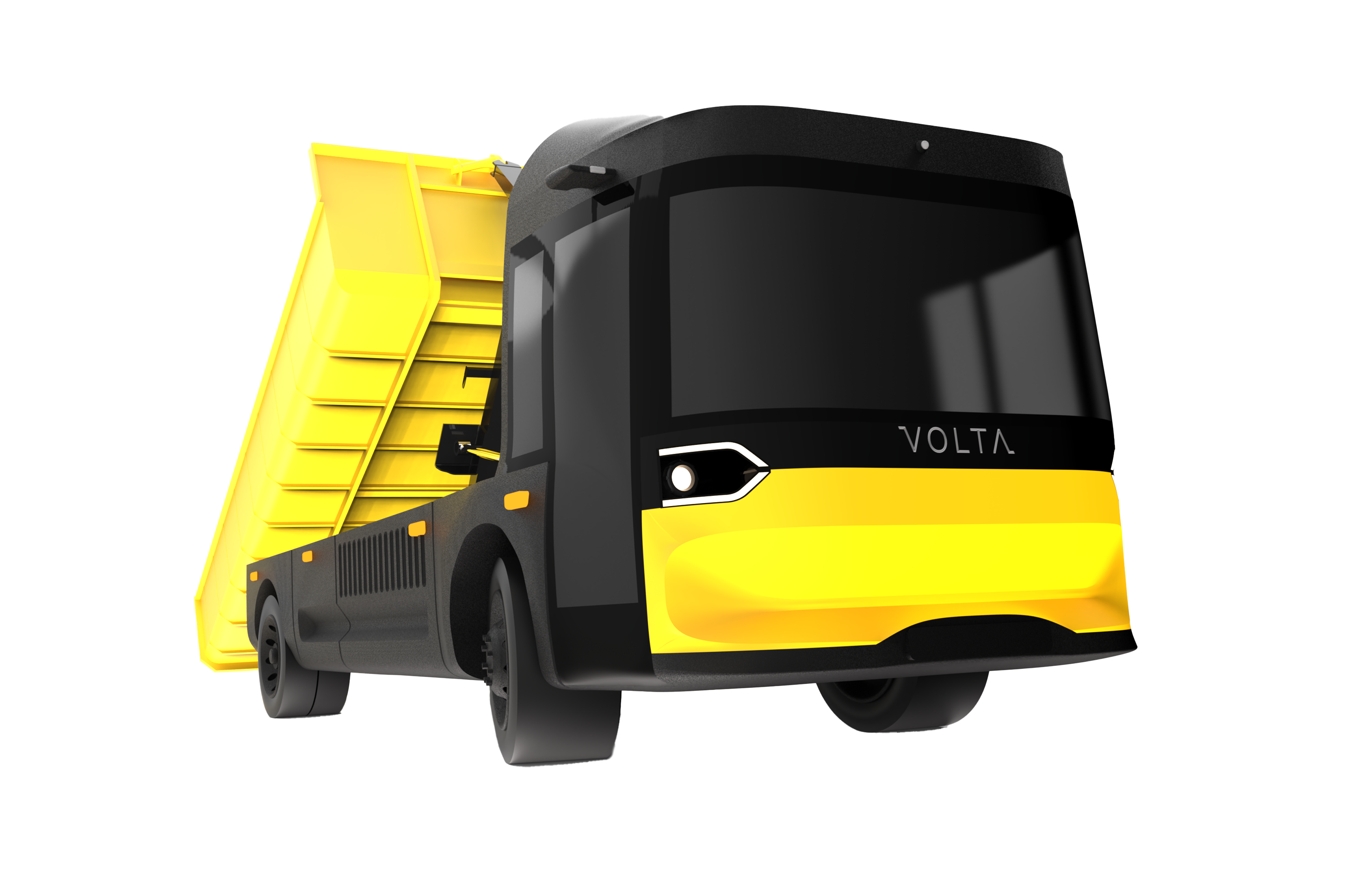
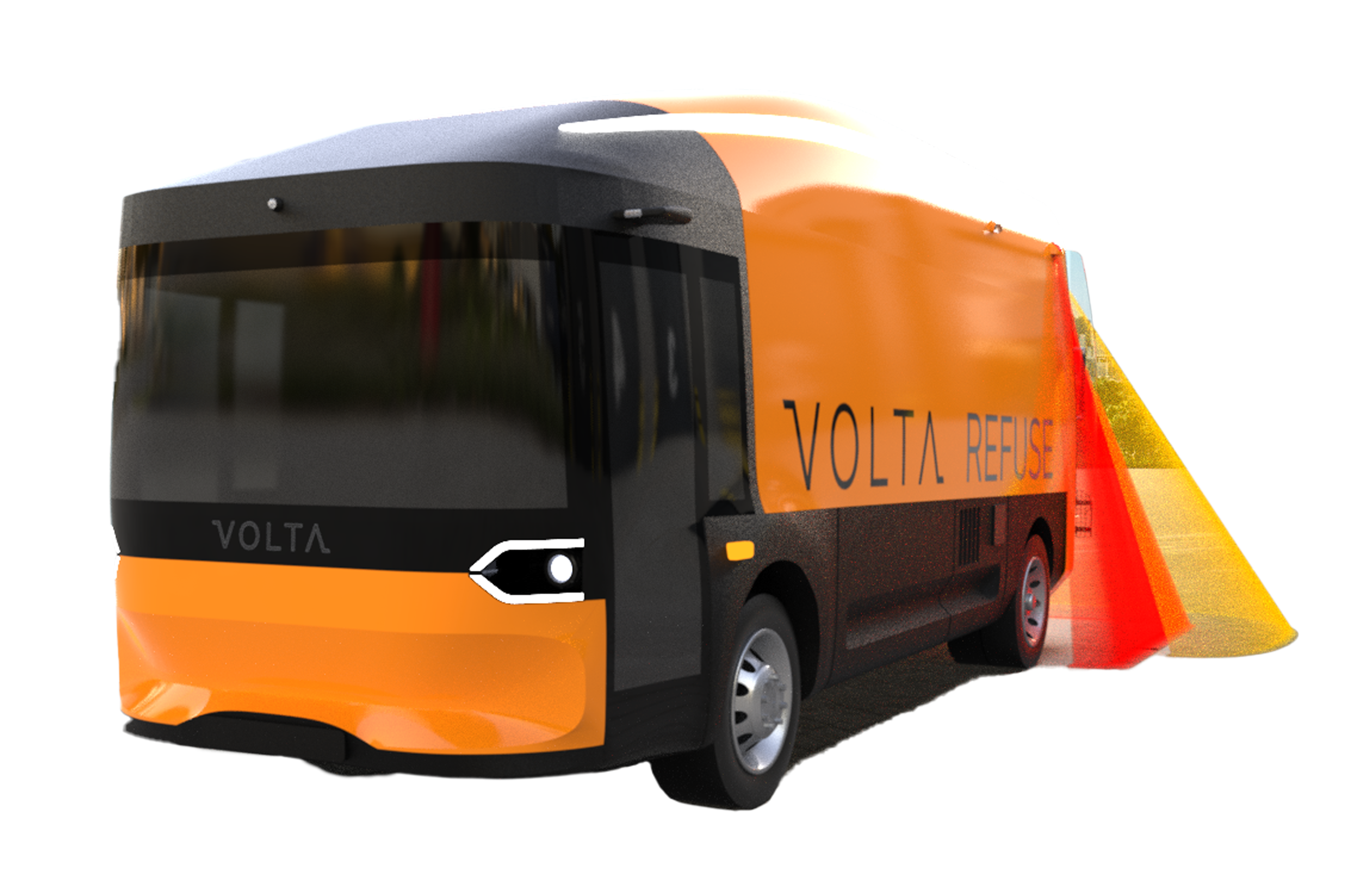
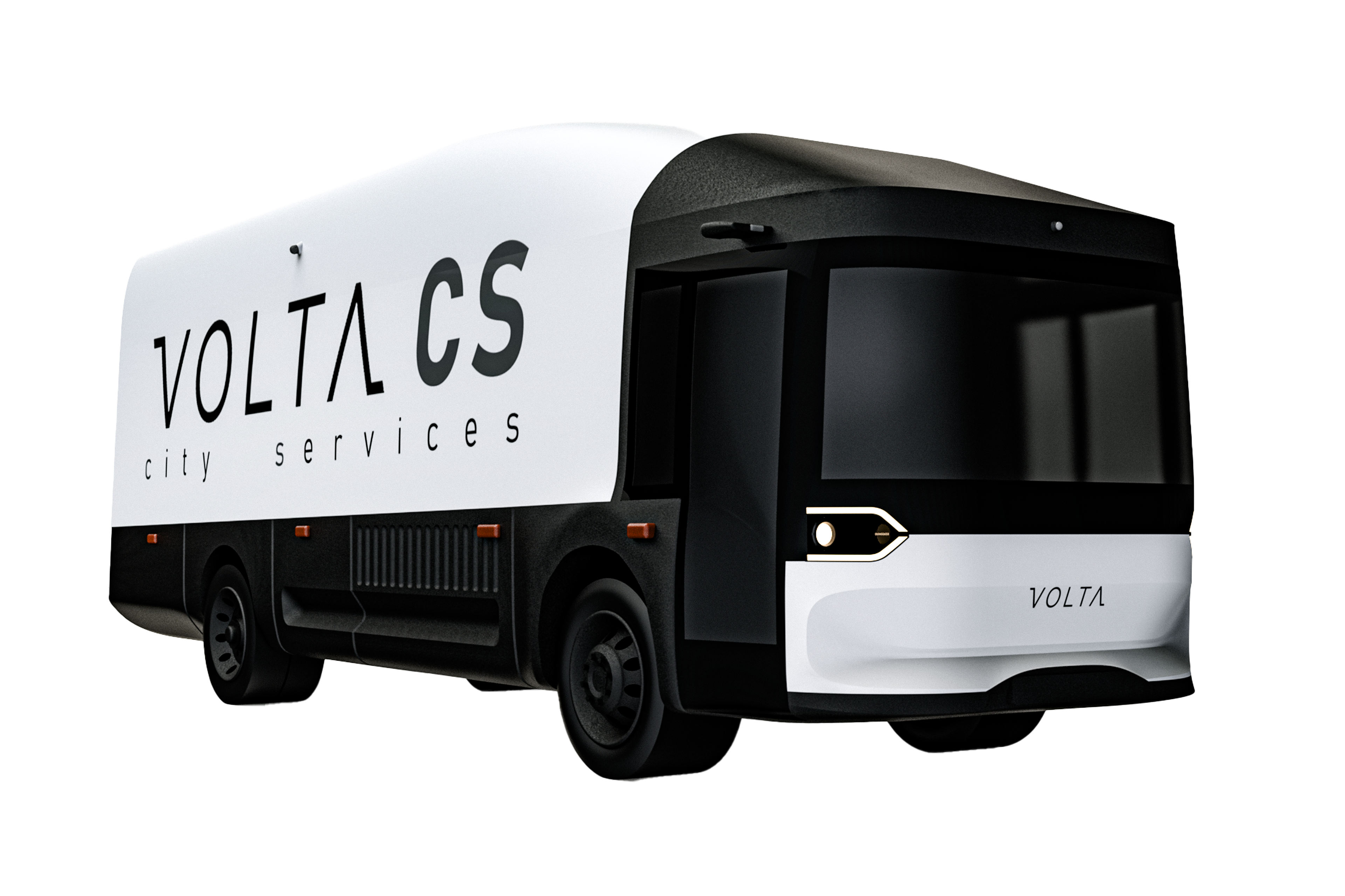
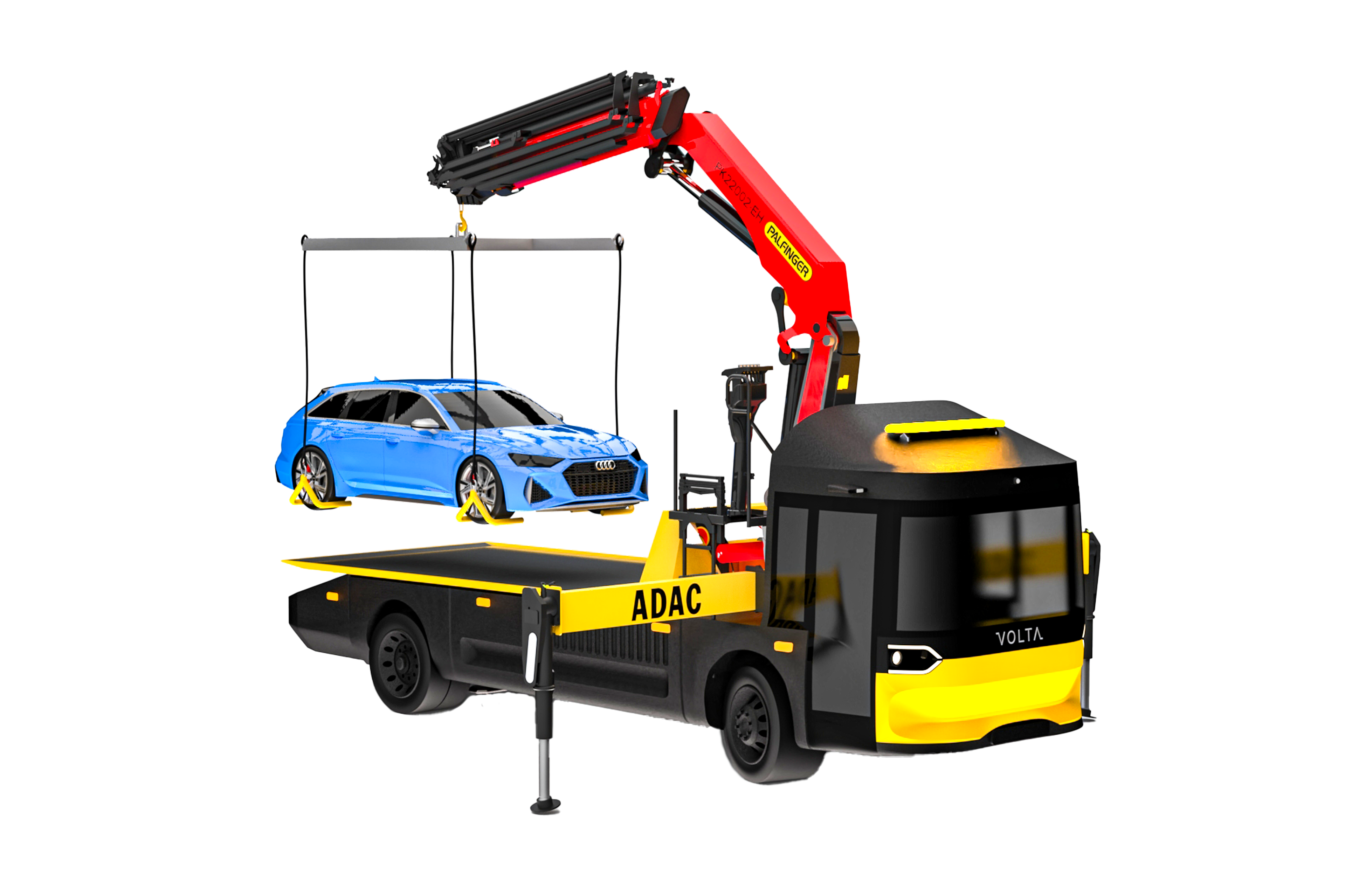
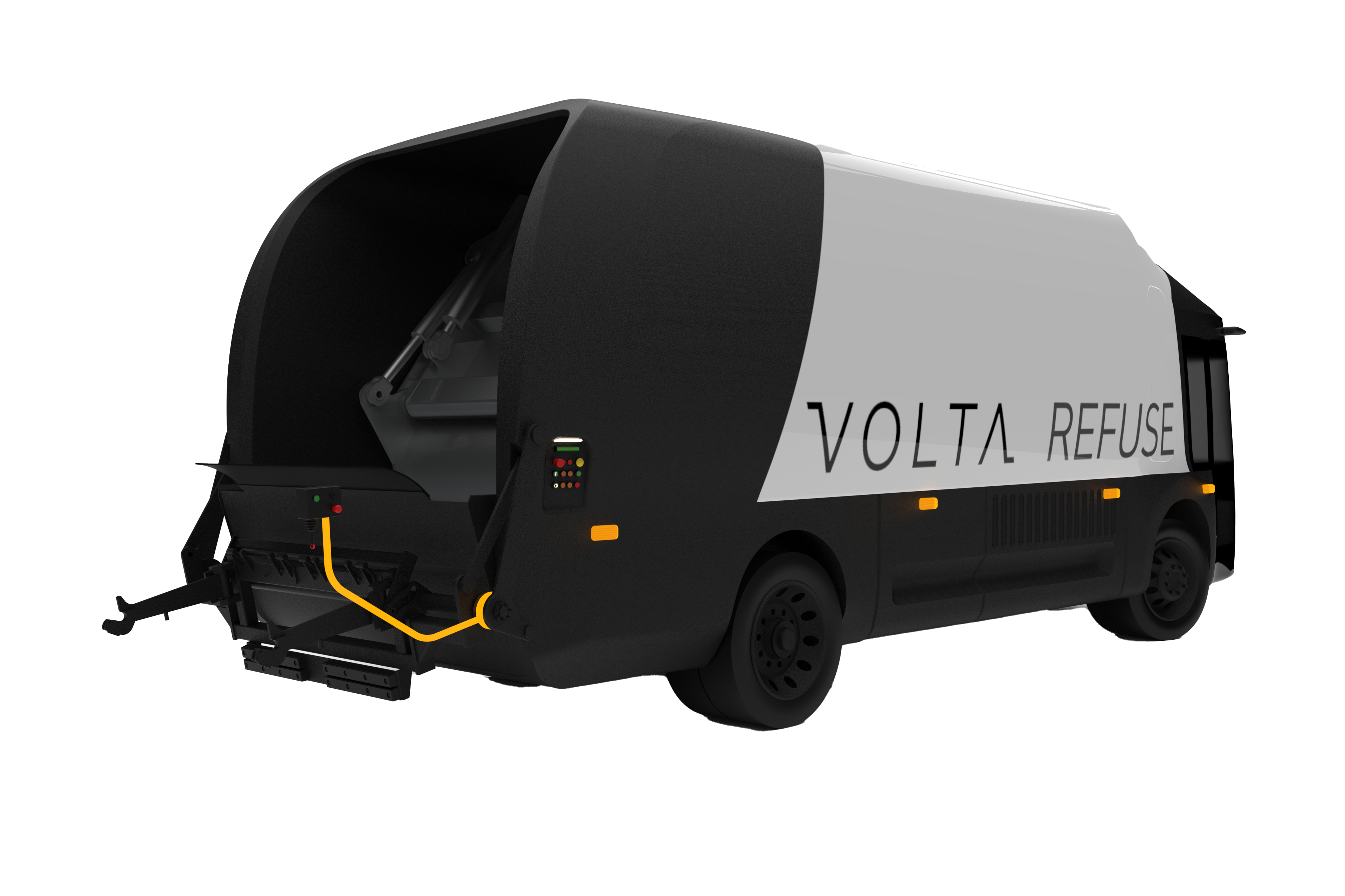
Platform Potential: One Chassis, muchio Visions
That initial base model became the foundation for a whole series of concept renderings. From sweepers and refuse trucks to hookloaders, recovery vehicles and more, I explored a wide range of potential applications based on the Volta platform. Each visual served as both inspiration and conversation starter, showcasing just how versatile the system could become.
When the Real Model Arrived
Eventually, I received the official 3D model from Volta – not a lightweight demo file, but the full production CAD as a 10 GB STEP file. Opening it in Fusion? Not an option. It took nearly a week of cleanup, restructuring and optimization just to make the model render-ready. A challenge in every sense, but one that laid the groundwork for the high-fidelity visuals that followed.
Exploring Variants and Special Applications
Using the official chassis model as a base, I developed a wide range of visual concepts to showcase the platform’s flexibility. These included everything from fire trucks and mobile water treatment units to hookloaders and even more specialized ideas. One highlight was the “2-Way” conversion – a road and rail hybrid designed as a potential alternative to expensive multi-purpose vehicles like the Unimog. The goal was to demonstrate not just design intent, but real-world potential across multiple industries.
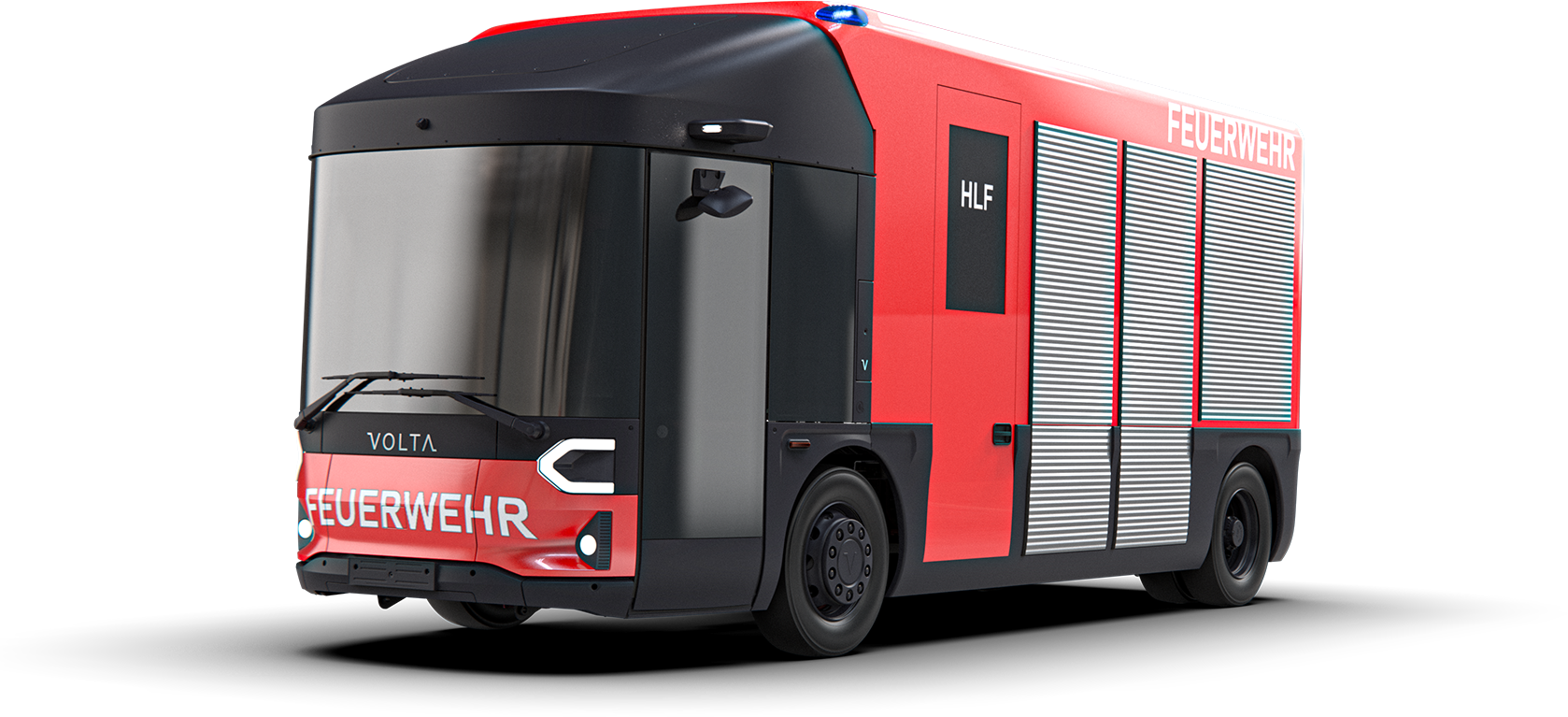
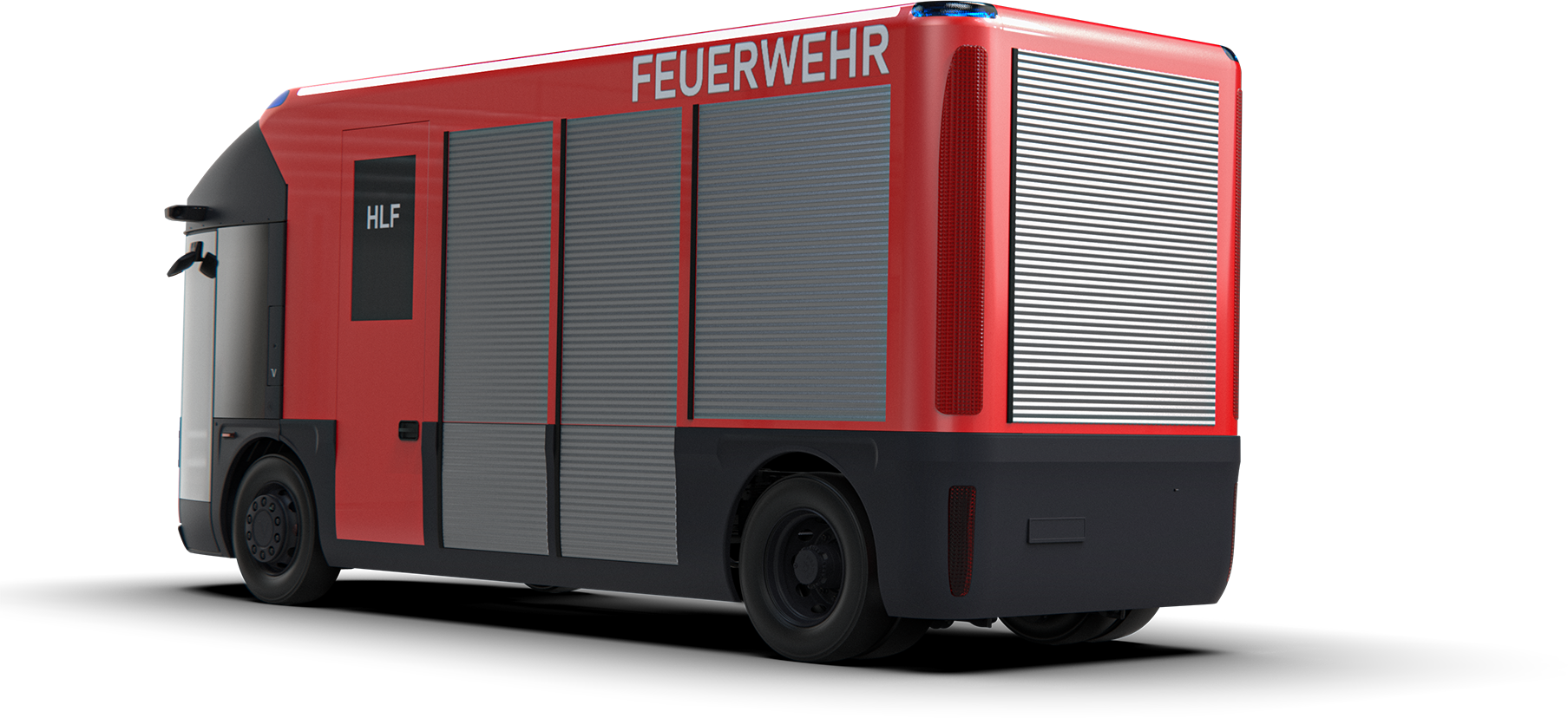
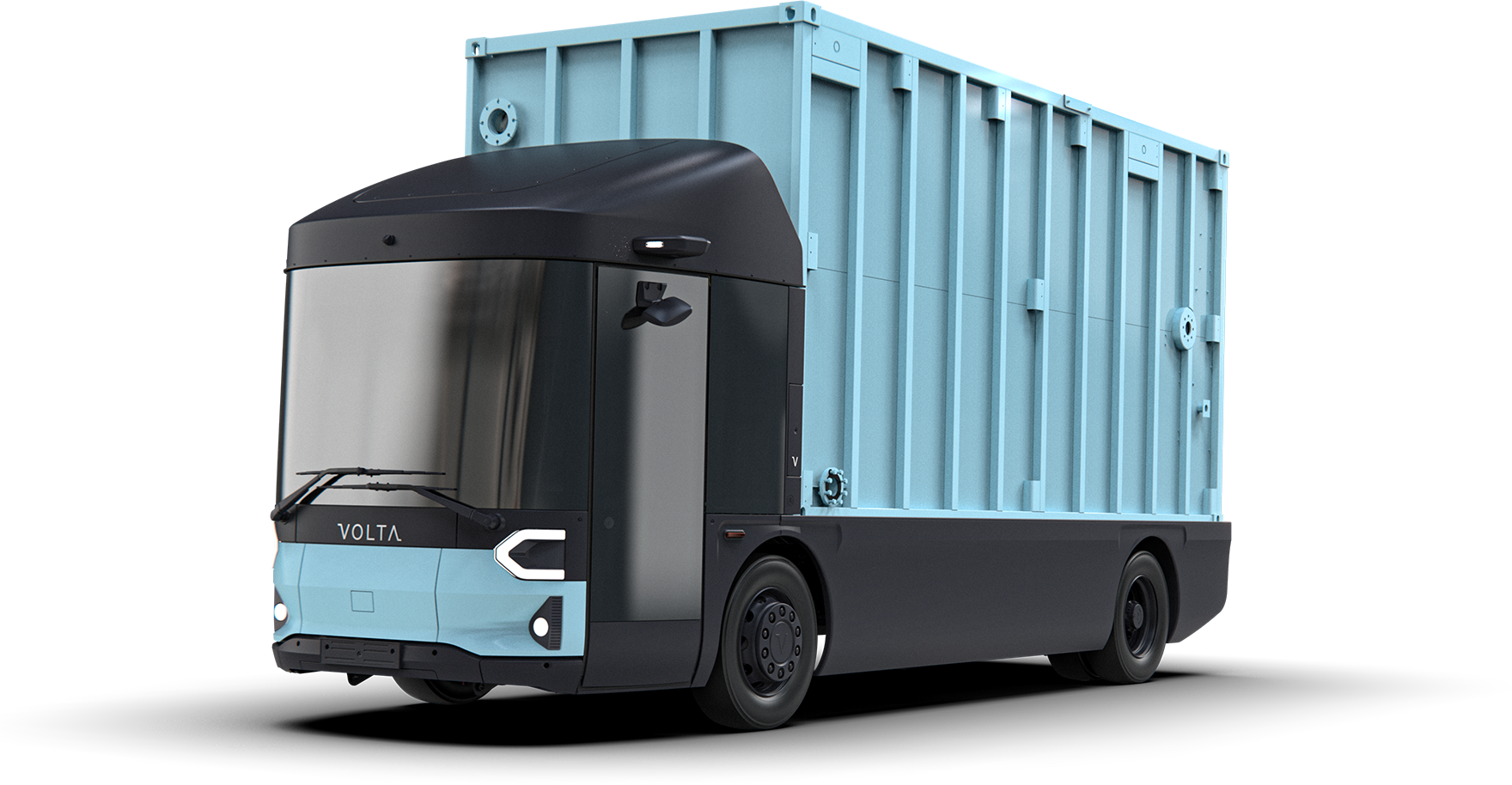
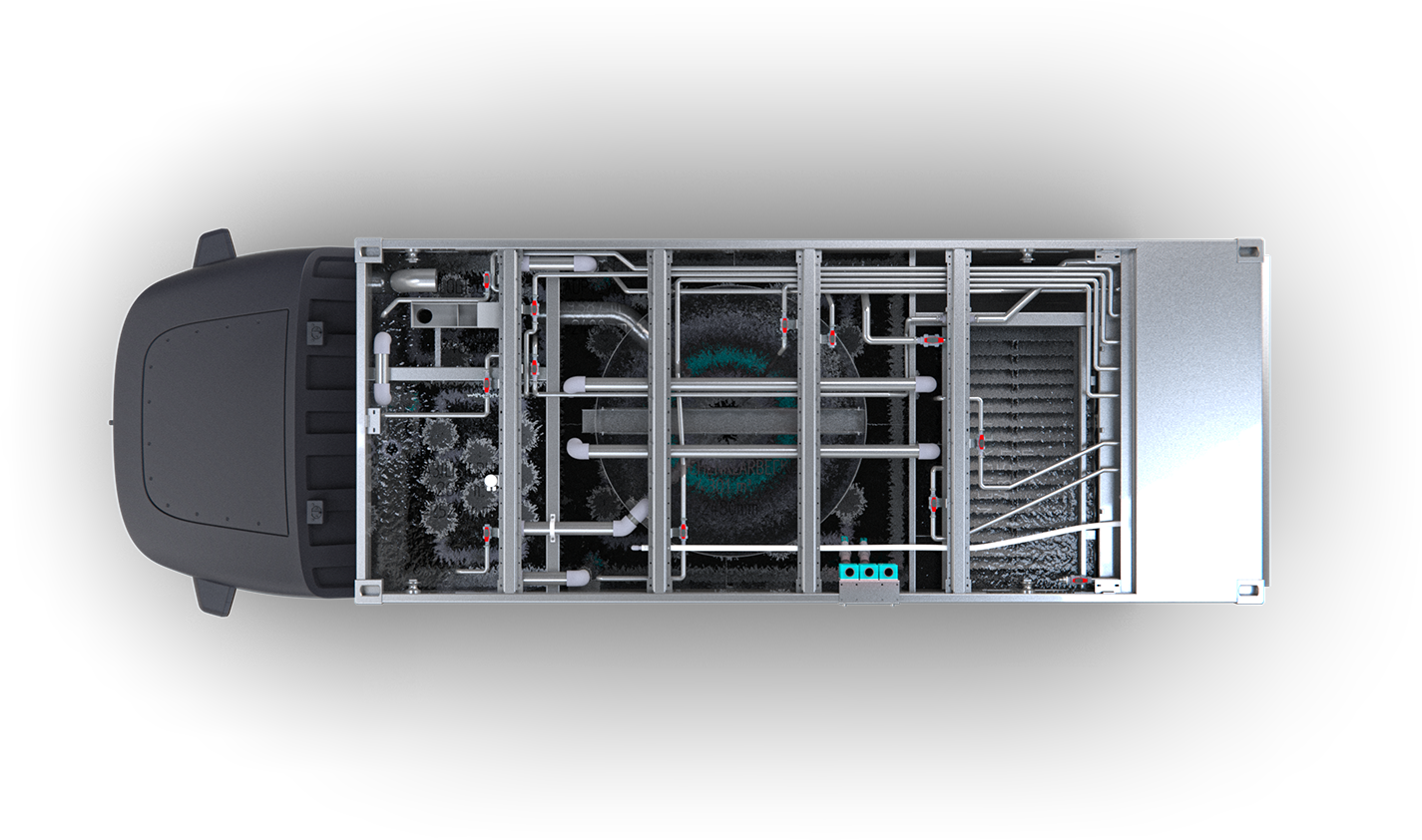
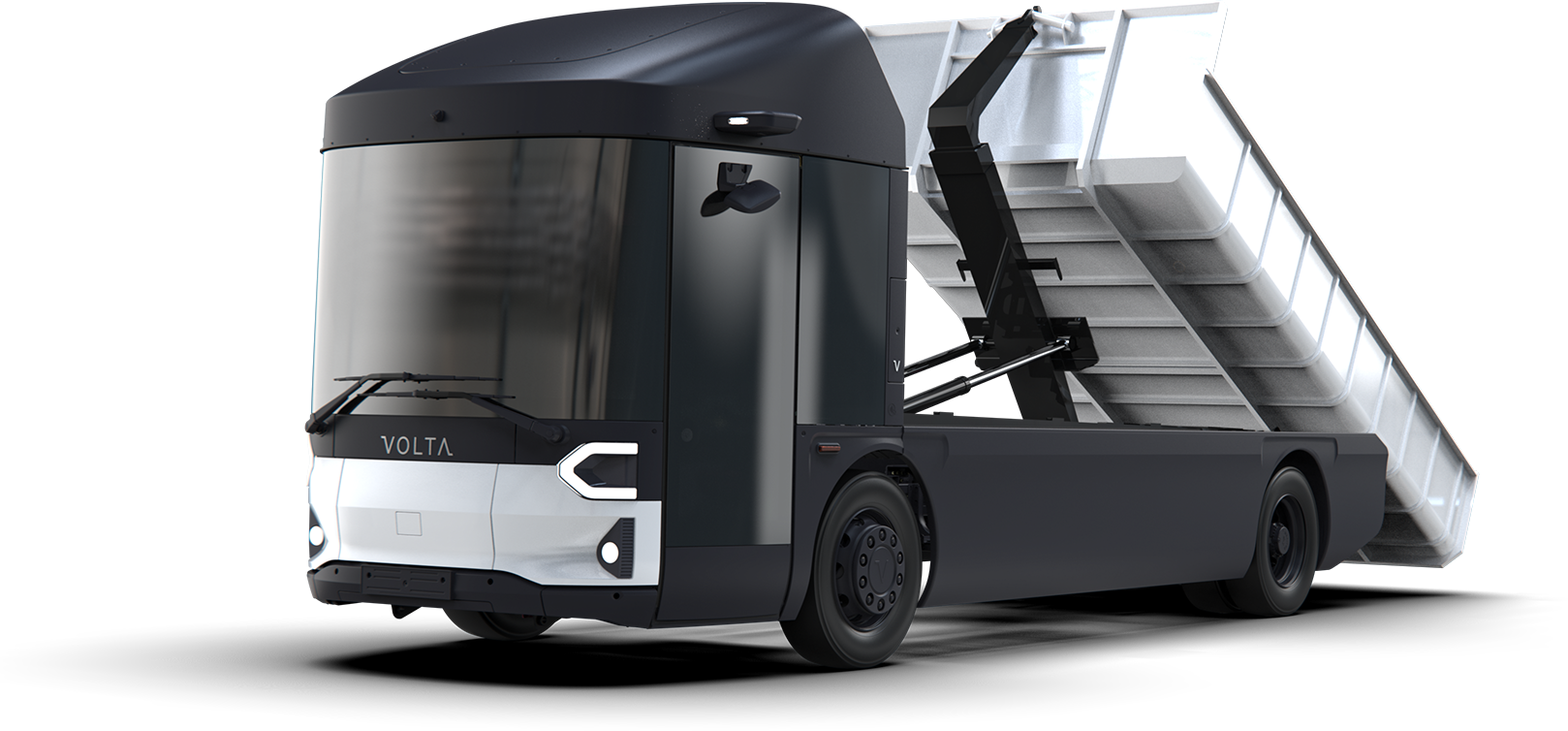
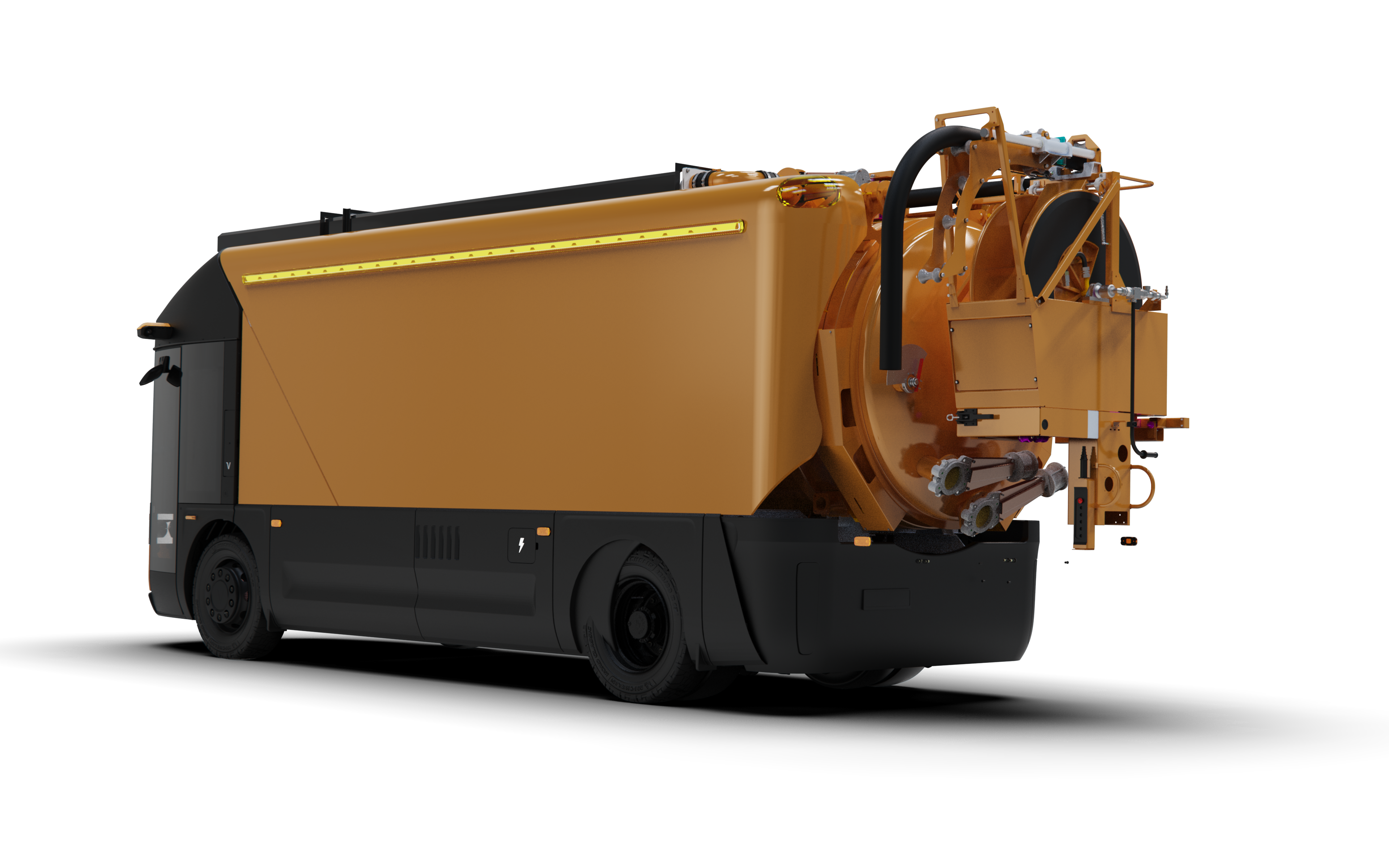
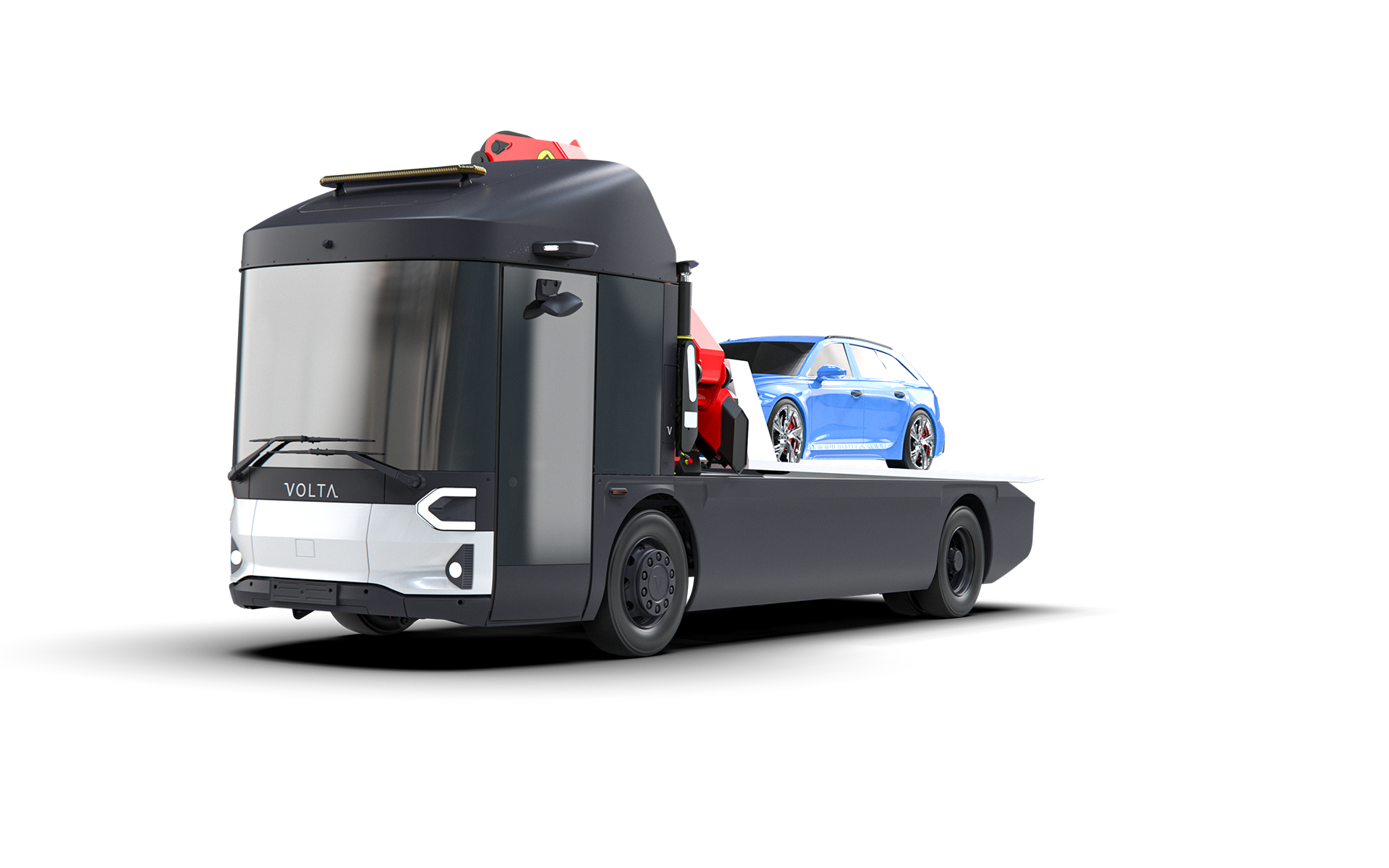
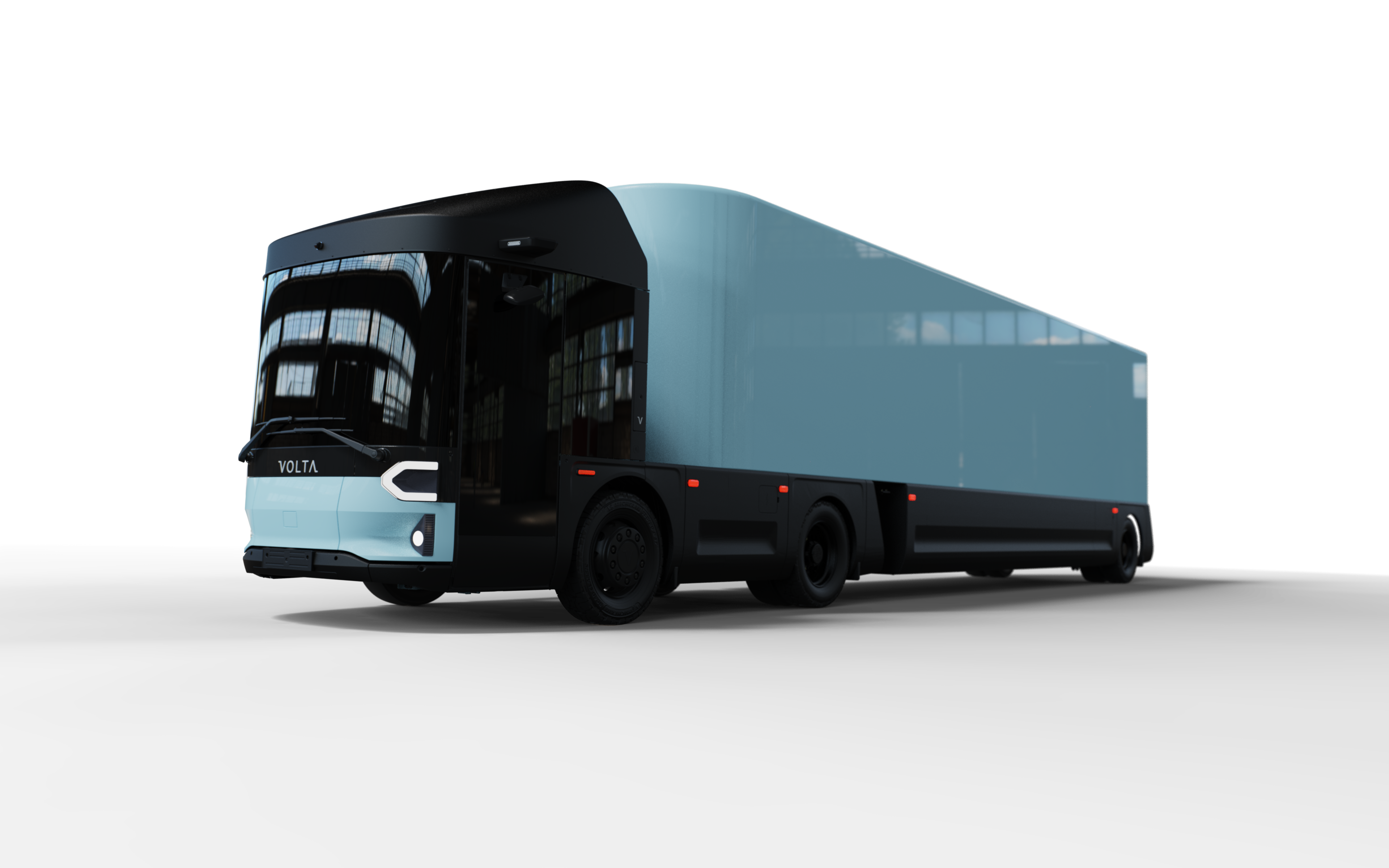
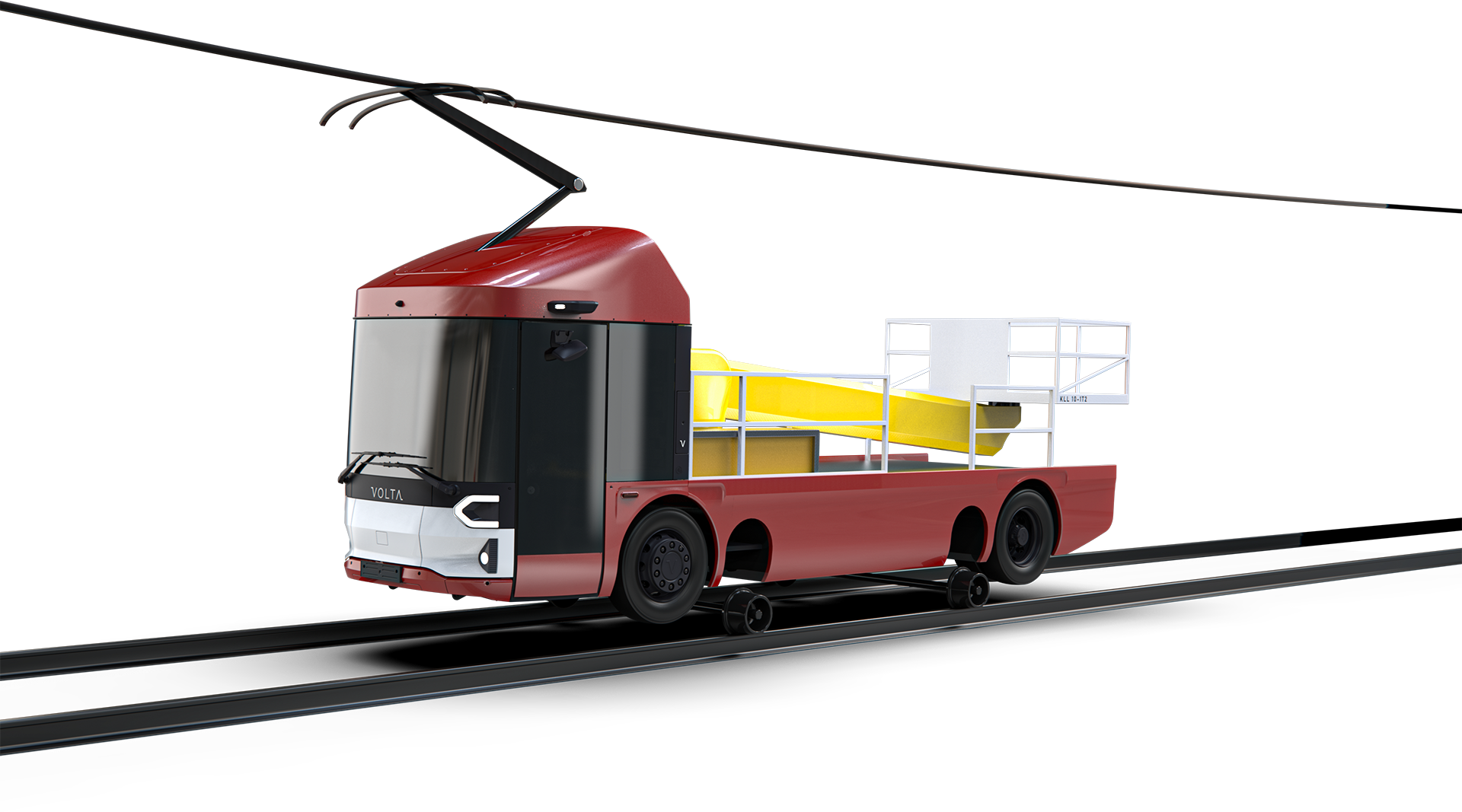
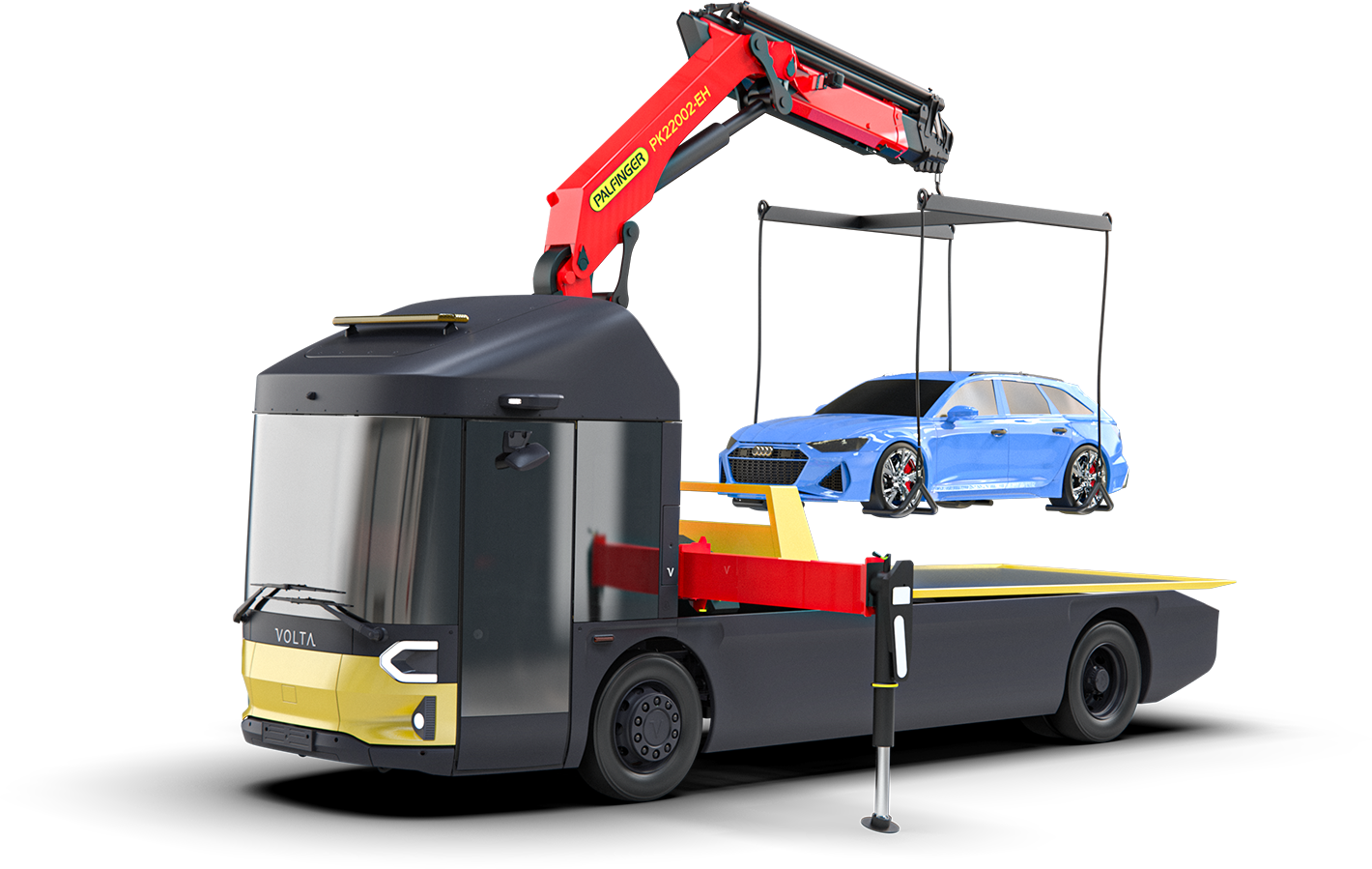
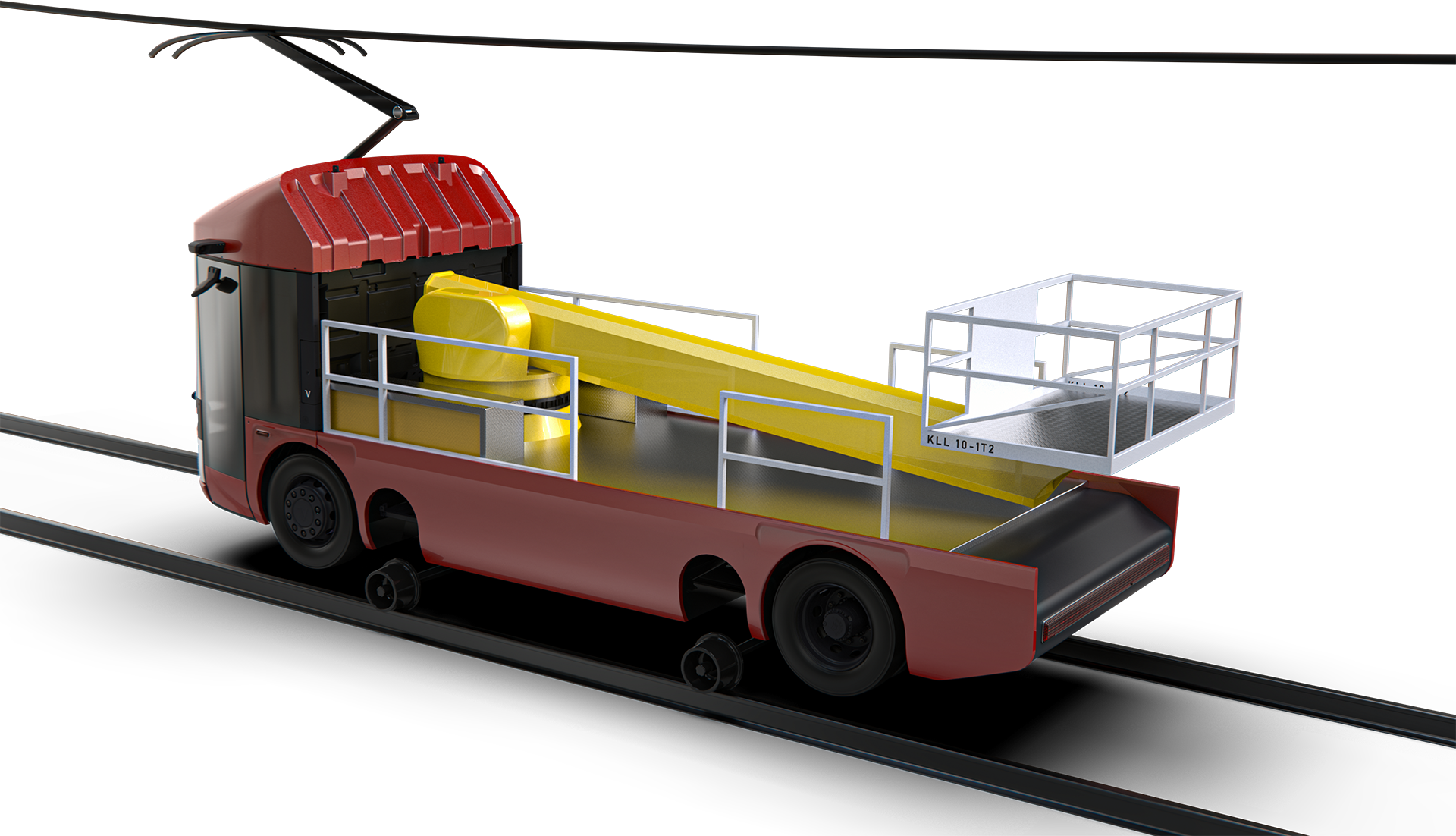
Looking Back – and Forward
The VOLTA CB project combined technical innovation, strategic vision and a fair bit of creative problem-solving. From early photo-based models to a full-scale prototype at IFAT, it was a rewarding journey across design, engineering and communication. For me, it was more than just another vehicle project — it was a chance to help shape what the future of municipal transport might look like. And with a platform this versatile, I’m sure we’ve only just scratched the surface.
